Dreaming of exploring Lisbon but only have 3 days to spend? Here’s my 3 Day Lisbon Itinerary to inspire you.
“By day Lisbon has a naive theatrical quality that enchants and captivates, but by night it is a fairy-tale city, descending over lighted terraces to the sea, like a woman in festive garments going down to meet her dark lover.”
This was how Erich Maria Ramarque, in the novel “The Night In Lisbon”, succinctly and perfectly captures the essence of Portugal’s glorious capital city.
This is why Lisbon is a major draw for tourists, from backpackers to luxury travellers, gourmet cooks to contemporary artists and from fun-seeking groups of friends to adoring couples rediscovering love.
A disclaimer: This post contains affiliate links. If you click on them and purchase goods or services, I may receive a small commission.
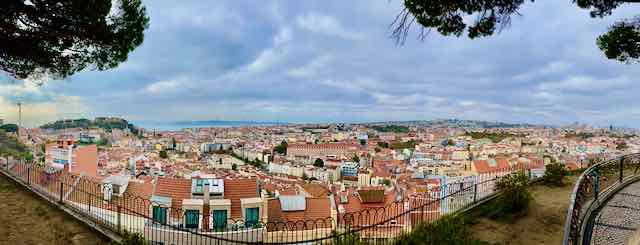
The main attraction for me though was Lisbon’s famed culinary delights. Like many travellers, I coveted tasting authentic Pastel de Nata, those delicious, creamy custard tarts. But I also longed to walk those steep, winding, cobbled streets, to skip out from the path of one of those clanky old trams. Most of all, I wanted to sit at the many viewpoints (mirodouro), soak in the warm sunshine and just marvel at the paprika terracotta-tiled rooftops of this proud ancient city.
Pastel de Nata
 Before we get started, a quick word on those delicious custard tarts – Pastel de Nata. Yes, these are scrumptious and the city does rightly claim the discovery rights to this golden, gooey, sweet treat. But Lisbon is more than these tarts. She is infinitely more. Lisbon is a city where stories of world exploration wash the cobbles of every single steep, twisting street. These are tales of Portugal’s past glory, and they speak to you from every nook and crabby as charming shabby trams trundle by. The history drips from the walls of grand houses decorated in brightly coloured, intricate tile work. Such stories of discovery hang from every Kapok tree, sit outside each street cafe and sparkle like gems on the sun-kissed river. Even the food, such delightful cuisine, speaks of the delights the intrepid explorers like Vasco De Gama brought here from far-flung, exotic places.
Before we get started, a quick word on those delicious custard tarts – Pastel de Nata. Yes, these are scrumptious and the city does rightly claim the discovery rights to this golden, gooey, sweet treat. But Lisbon is more than these tarts. She is infinitely more. Lisbon is a city where stories of world exploration wash the cobbles of every single steep, twisting street. These are tales of Portugal’s past glory, and they speak to you from every nook and crabby as charming shabby trams trundle by. The history drips from the walls of grand houses decorated in brightly coloured, intricate tile work. Such stories of discovery hang from every Kapok tree, sit outside each street cafe and sparkle like gems on the sun-kissed river. Even the food, such delightful cuisine, speaks of the delights the intrepid explorers like Vasco De Gama brought here from far-flung, exotic places.
From almost every corner of the world came exotic spices, mysterious vegetables and innovative recipes which the Portuguese embraced and enhanced into an innovative, mind-blowing and mouth-watering cuisine.
I came to Lisbon to eat good food and left with a full belly and a desire to return. Lisbon food tours are available for booking via the GetYourGuide service.
Why Visit Lisbon?
I sat alongside my wife on a wooden fold-up cafe chair, sipping strong, hot coffee. I look across the busy square hemmed in on all sides by grand Baroque palaces. The buildings of Praça Luís de Camões (Luis de Camoes Square in Chiado district) are certainly grandiose. Azulejo tiled facades lined with huge ornate windows stretch several floors up towards the clear blue sky. At street level, charming cafes, bakeries and women’s attire shops open out onto marble pavements as busy Lisboans and tourists amble past. I jump, startled for the umpteenth time by the loud clanging bell of a tram as it slowly grinds its way around the square.
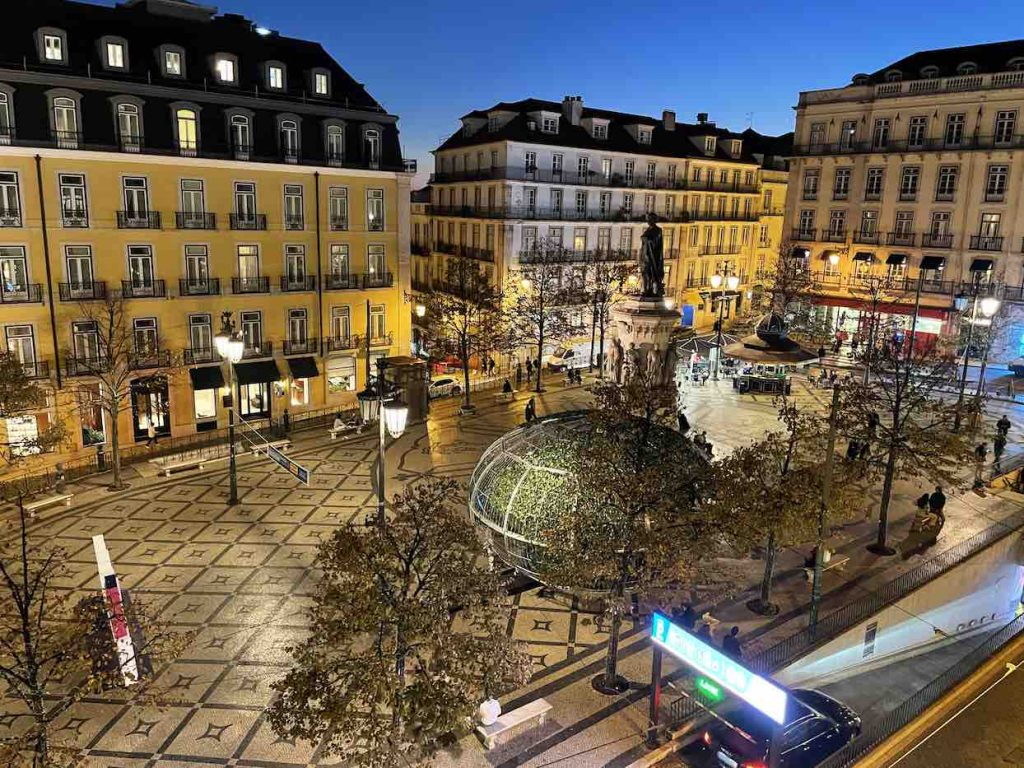
View from the apartment over Praca Luis de Camoes
A small girl chases a handful of pigeons on her scooter, whizzing around the grand statue of Luis that stands proud in the centre of the square. I sip my coffee and the stress and strains of life back home slip out of my pores and drift off into the air like ghostly spirits.
As I observe my surroundings I realise that, without exception, everything I see in this part of Lisbon, the Baixo and Chiado district, isn’t actually that old – though some may consider 4 centuries pretty ancient. This is because almost the entire city was rebuilt, in record time, after the 1577 triple disaster of earthquake, raging fire and tsunami raised much of the original town to ruins.
In a testament to Portuguese ingenuity and wealth of the time, the city was reborn not just startingly quickly, but in a beautifully, considerate Baroque style. The Portuguese were, still are, very proud of their capital city and it was important to them that it demonstrated the great wealth, ingenuity and resilience of a great civilisation.
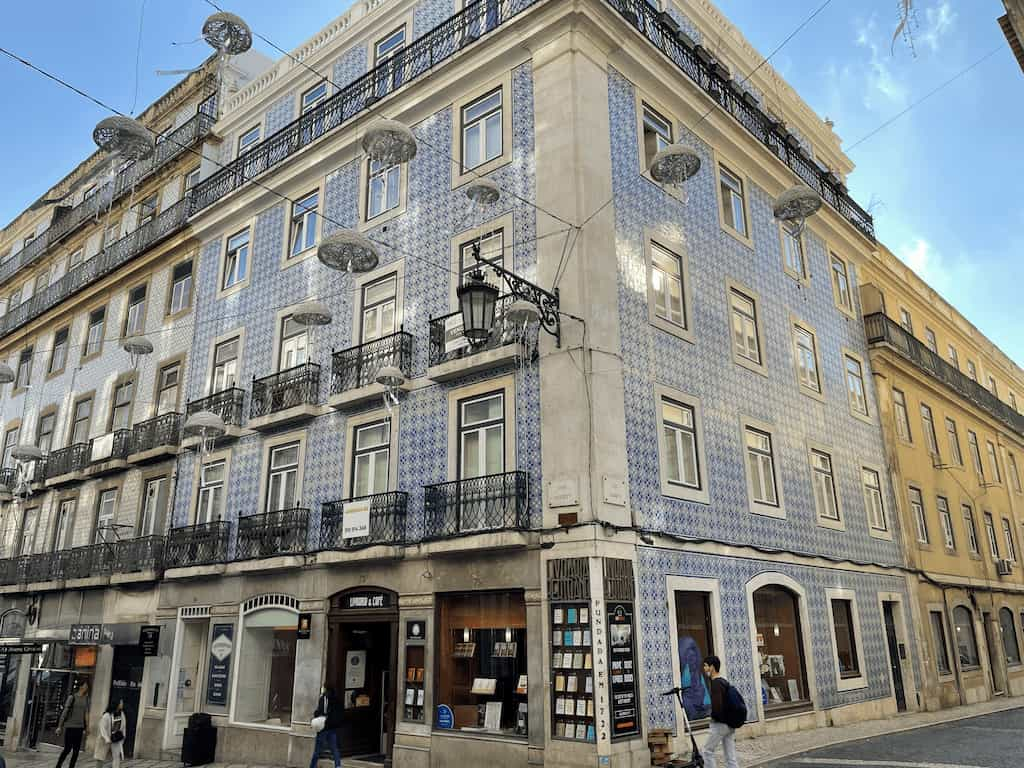
It is only when you wander up to one of the city’s seven hills, climbing the narrow cobbled streets, do you feel a sense of the very different, much older original architecture of the undamaged parts of the city.
I finish my coffee and the young waiter places my bill on the table beside me. The bill is on a small metal plate and is, of course, topped with a small, but perfectly baked Pastel de Nata. I smile at the waiter and thank him, but I’m not just thanking him for the coffee, I’m thanking Lisbon for having me here.
Lisbon - 3 Days in the City of Light
 It’s the start of my three-day trip to Portugal’s bustling, evocative and infinitely amicable capital; a trip that was delayed two years due to a persistent pandemic and almost ended after an hour as our Ryanair flight was diverted to Nantes for an emergency stop due to an ill passenger on the way here from London.
It’s the start of my three-day trip to Portugal’s bustling, evocative and infinitely amicable capital; a trip that was delayed two years due to a persistent pandemic and almost ended after an hour as our Ryanair flight was diverted to Nantes for an emergency stop due to an ill passenger on the way here from London.
Fear not. At last, I made it, and Lisbon is as beautiful as I could have wished for. Here’s how I made the most of my, too short, a visit to the City of Light. I hope you find inspiration and ideas from my trip and I also hope you find your own little corners of delight, for there is so much to see, taste and discover.
Day One - Arrival and the Famous Timeout Market
Getting to the centre of Lisbon from the airport couldn’t have been any easier. There’s a Metro station within the departures area at the airport. Buy a ticket from the machine (cost was around €2 for a single) and within 20 minutes you’ve been whisked to the centre and in amongst the staggering choice of hotels, restaurants and most of the major sights and attractions. Alternatively you can buy a Lisbon Travel Card, which includes trams, buses, trains and entry to many attractions.
Chiado - Praça Luís de Camões
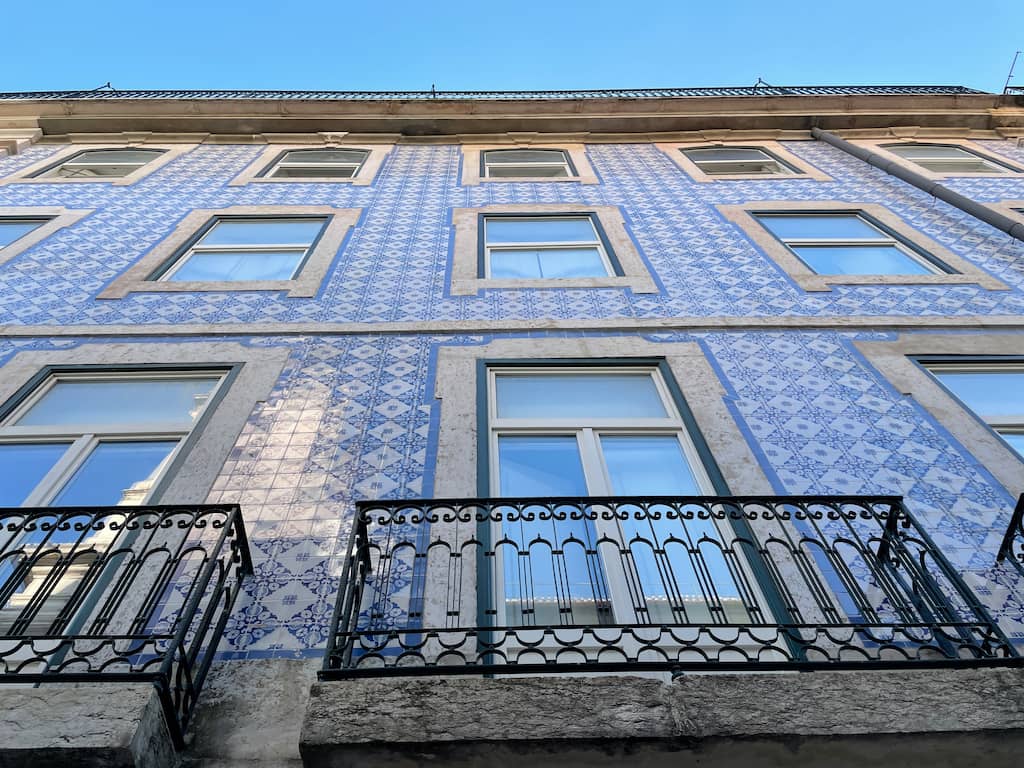 Arriving late in the afternoon, my wife and I walked the short distance past throngs of shoppers to the melodies of talented buskers to our booked accommodation, an apartment in a charming old building overlooking the square. We booked this Camoes Chiado Apartment via the Booking.com website but you may find discounts if you book directly via their own website. We paid £360 for three nights in November.
Arriving late in the afternoon, my wife and I walked the short distance past throngs of shoppers to the melodies of talented buskers to our booked accommodation, an apartment in a charming old building overlooking the square. We booked this Camoes Chiado Apartment via the Booking.com website but you may find discounts if you book directly via their own website. We paid £360 for three nights in November.
Once the young girl in the completely OTT ball gown had finished blocking the entrance as she posed for Instagram in front of the ornate tiling, we peered through the door and saw our host was waiting for us inside, a welcoming smile on his face.



Our apartment was perfectly sized for two, with all the facilities you could possibly need and, most importantly, a large bathroom with a hot and powerful walk-in shower and a comfortable bed in a separate bedroom. The living area had a small, perfectly adequate kitchen, a dining table and a large comfy sofa. The tall, elegant picture window opened out onto the bust Chiado square, a wonderful place to sit and watch the world busily crack on with its day.
THE FAMOUS LISBON TIMEOUT FOOD MARKET
We dropped our bags and headed straight back out, in search of food. We strolled down the cobbled streets, down to the riverfront and the famous Lisbon Timeout Market. The market is an indoor food hall and many of the famous, some Michelin starred, chefs that run restaurants up the hill in the upmarket Principe Real district, have stalls here. They sell a stripped-down version of the restaurant menu but provide an excellent, relatively low-cost opportunity to sample a range of genuine, contemporary and traditional Portuguese cuisine. There is also a large bar selling a range of Portuguese wines and ports as well as craft beer and cocktails.

Despite Portugal’s Covid restrictions having only just been lifted when we travelled, and the airport and metro being eerily deserted, the market was extremely busy. We struggled to find seats, but then luckily stumbled upon a corridor at the back of a row of food stalls. This was a much quieter, more subdued area so we grabbed a couple of stools at the Montemar stall and feasted on delicious salt cod and squid, all cooked in front of us and served with deliciously tart Chino Verde wine.
From these seats, you can observe the chefs preparing your food (how much salt?!). They also serve you, rather than having to queue to place an order and then wait for your number to come up.
The Much Anticipated Pastel De Nata
After a couple more glasses of wine (it was hard to resist), we wandered through the market stalls and bought a box of Pastel de Nata from A Manteigaria as our dessert.
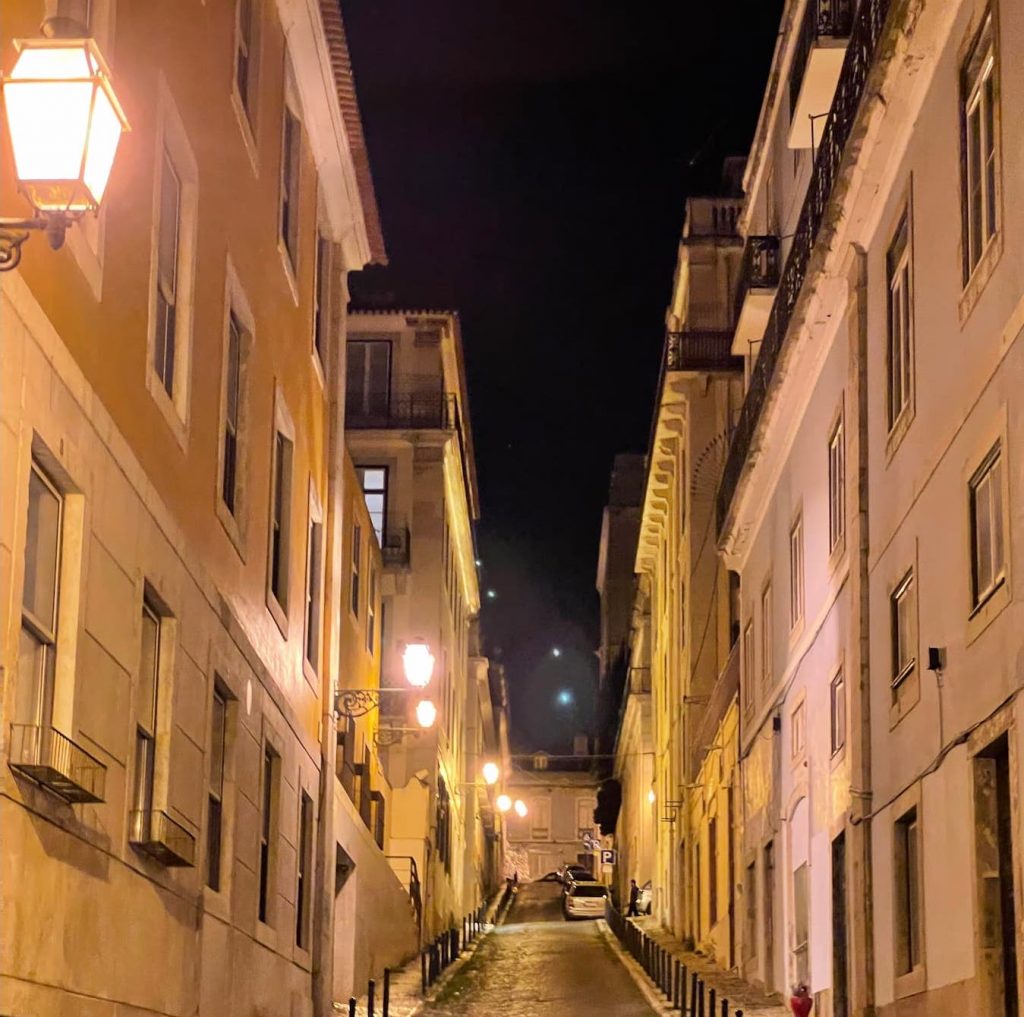
Later, we slowly wandered back to our apartment up a steep cobbled street, crisscrossed with narrow lanes, all throned with street cafes serving evening meals. The air was filled with the chatter of people enjoying their evenings, the smell of gorgeous dishes wafting all around us. As the city twinkled under its lights, we wandered slowly not wishing the evening to end.
Day Two - A Self Guided City Walk of Alfama
The next morning we rose early, before most of Lisbon awoke, and walked the short distance down to A Brasileira, a wonderfully ornate café on Rua Garett, by the Chiado Metro station. We ate a hearty breakfast of coffee and some delicious sweet pastries. We needed the energy for our day of exploration.
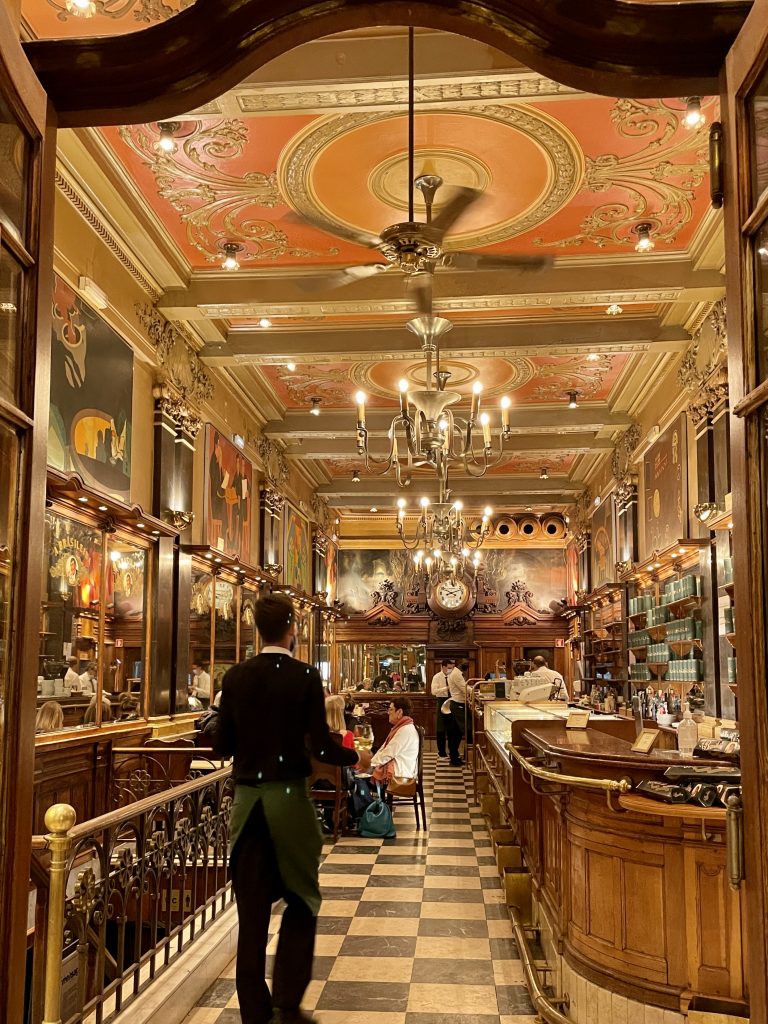
After breakfast we embarked on a long, but extremely rewarding self-guided walking tour of the Alfama old town, a district full of rickety old houses clinging the hillside, steep steps and winding cobbled streets, grand churches and plenty of breathtaking viewpoints.
My walking route is available on a separate post – A Self-Guided Walking Tour of Alfama, Lisbon. It’s a long walk, but the famous old Tram 28 trudges along much of the route, so you could buy a day ticket and hop on and off as sore feet dictated.
At the end of our 8 and a half mile trek, we finished up at the unbelievably huge Praca do Comercio square. Here we sat in the warm November sunshine and ate delicious pizza slices from Pizza Romana before heading back to our apartment for a much-deserved siesta.
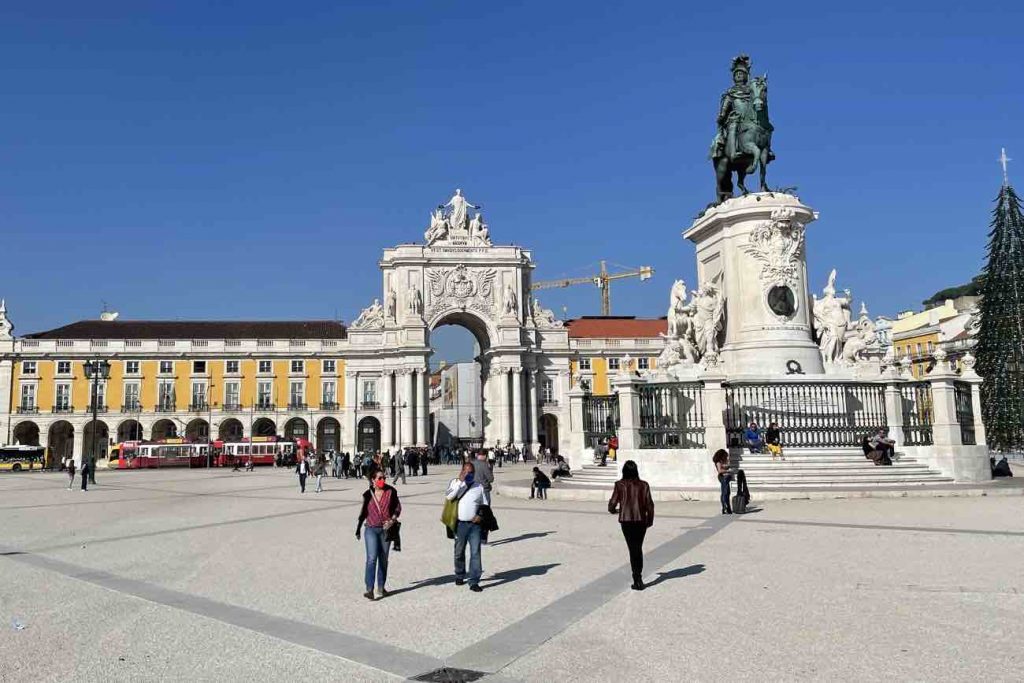
That evening, we headed the short distance along the main shopping street of Rua Garret to the Hotel do Chiado. Here we took the lift to the top floor and sat in the Entrentato rooftop terrace bar. I can imagine the bar being much busier in peak season. For now, there were only two other couples and a lone businessman here, so we practically had the outside space to ourselves. In November the evenings are decidedly chilly compared to the warmth of the day. As we’d clogged the cobbles of Alfama that day, we’d been lovely and warm in the autumn sun, temperatures touching 20 degrees. Now the red line had dropped considerably to around 10-12 degrees and compared to the sun fuelled warmth of the day it felt quite chilly up there on the exposed hotel roof. We sat, shivering but content, looking out across the city towards Castelo de Sao Jorge and the hillside streets of Alfama.
As the lights twinkled on the steep slopes, we plotted the route we’d taken that day – identifying the key landmarks we’d stopped at on our way. We sipped our Vhino Tinto and huddled closer together for warmth. The bar was silent, the sounds of the city just a muffled hum several floors below, the distant clang of a tram bell the only recognisable sound.
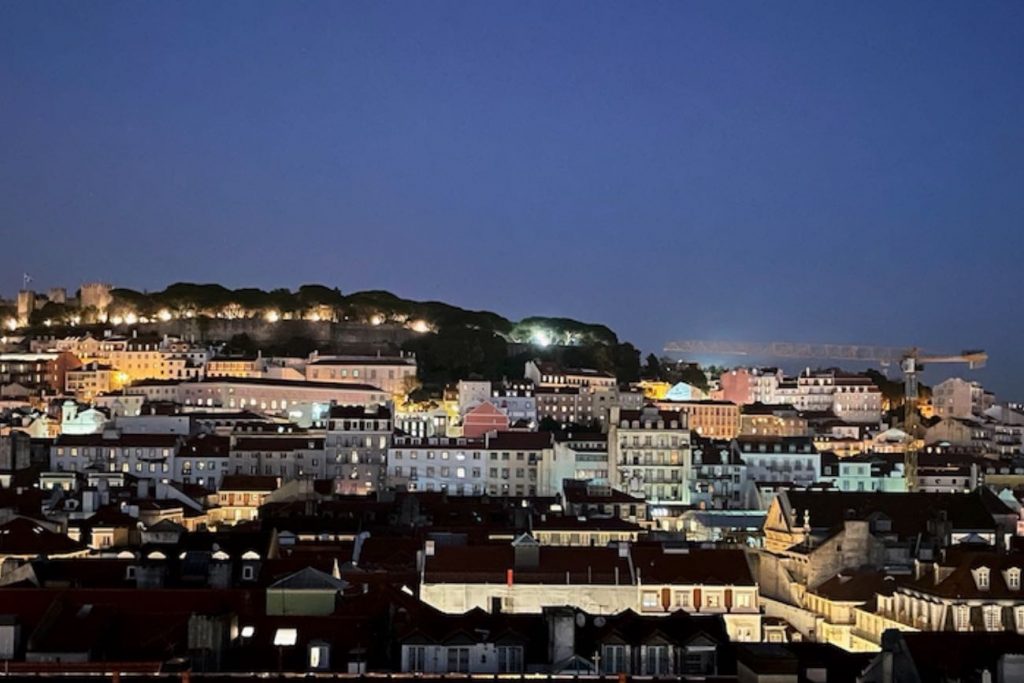
Day Three - The Carmo Convent & the Botanical Gardens
On our second day, we took a slightly looping walking route up to the Jardim Botanico de Lisboa (Botanical Gardens) in the Principe Real district. Before we headed up the hill, we took some time to visit the Carmo Convent and its excellent museum (the entrance fee is €5). This is an evocative old convent, mostly ruins with exhibition rooms and well worth a visit. At night time it changes mood with evocative lighting casting eery shadows across the ancient ruins.
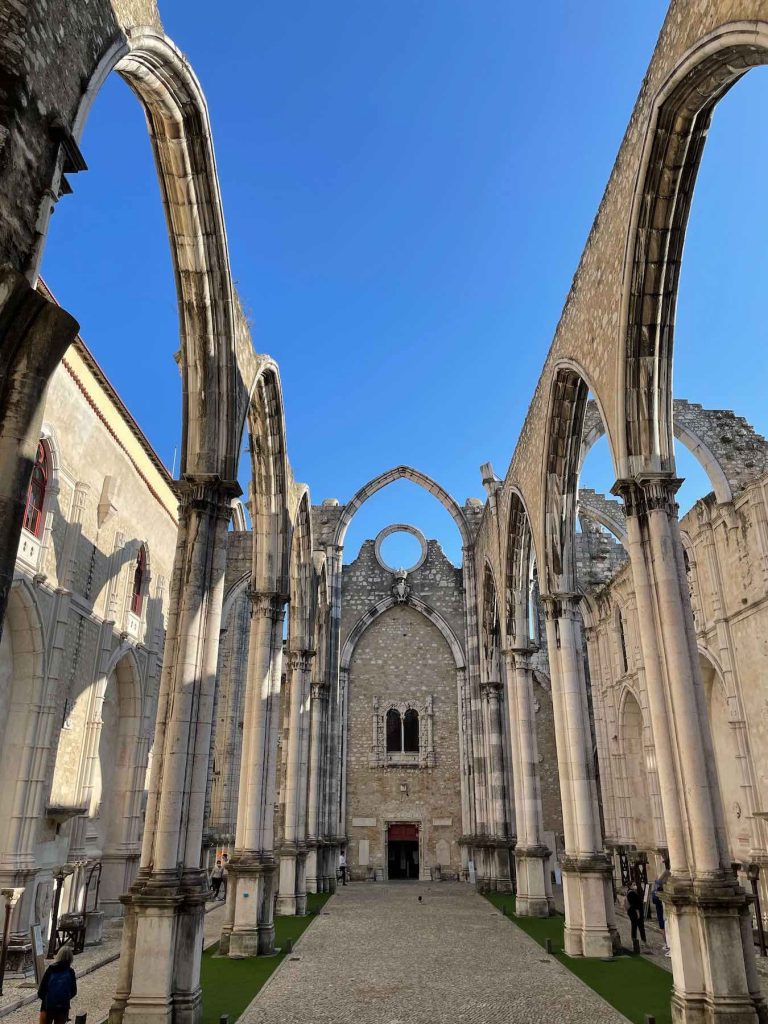
After this, and yet more coffee for fuel, we headed up to Principe via the park of Jardim de São Pedro de Alcântara, which provided a shady spot to enjoy a refreshing drink while people-watching in the lively market on the pretty garden’s peripheries.
After taking in the view down onto the city and the blue strip of the river beyond the Miraduoro, we continued onwards to the Botanical Gardens (entrance fee €3 or a little extra if you also want to visit the adjacent museum).
We spent a couple of hours or so wandering amongst the greenery, reading about the origins of the various trees, plants and flowers – a celebration of Portugal’s past desire to explore the world. My wide is a horticulturist so was engrossed in the plants. Me, less so, but I wandered around the paths admiring the exotic foliage, listening to the birds and enjoying the shady spots (despite being November the temperature was now touching 24 degrees Celsius).
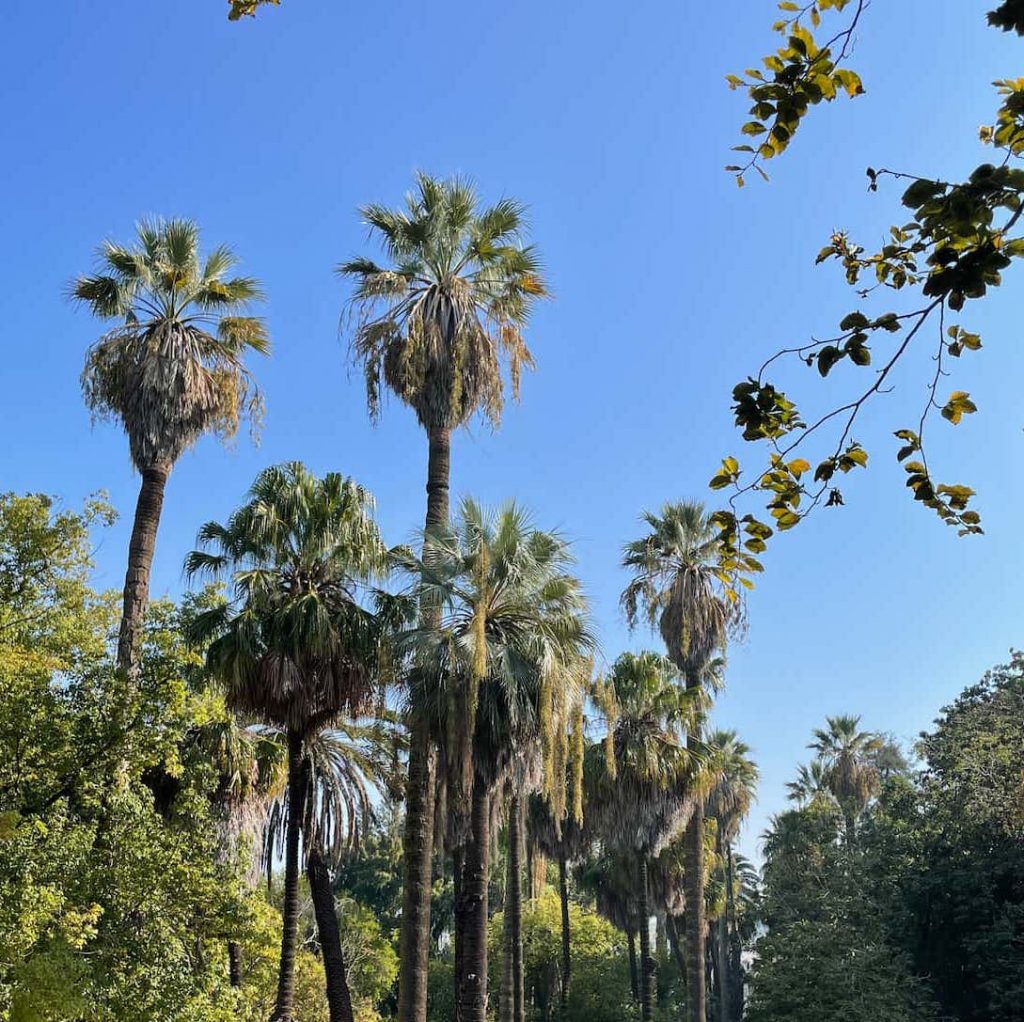
Principe Real & Lunch by the River
Once we’d had our fill of exotic plants and trees, we wandered down the hill back to Chiado. As we walked we saw that the Principe Real district is full of excellent restaurants, many with Michelin standard chefs, but also a selection of mid- and low-cost options as it’s also a residential district as well as the centre of government.
As we had lunch booked down the hill near the river, we just browsed the various deliciously sounding menus and made our way back down to Chiado through cobbled streets of Barrio Alto which is where most of the bars and yet more restaurants and cafes are located.
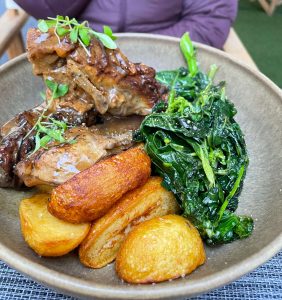 Lisbon really is a city where you can just wander of the beaten track and discover some real delights.
Lisbon really is a city where you can just wander of the beaten track and discover some real delights.
We had a lovely lunch of roasted kid goat and seasonal vegetables, sitting outside in the warm November sunshine at Linda e Lisboa.
Elevadors, Rooftop Bars & Tapas
We tried another rooftop bar called the Parking Bar which is on top of a multi-story car park. It has a glorious view towards the bridge across the river, but was busier than the Chiado Hotel bar, and obviously geared up for the younger audience.
We ate at a varied and delicious tapas meal with a selection of different dishes at a wonderful restaurant called Tapo Bucho, including some locally famous croquettes to die for. There was a mix up with the orders, and we ended up with two extra dishes we hadn’t ordered, which the owner apologised for and gave us for free. If you go here, I recommend you opt for 5 dishes per couple and share them.
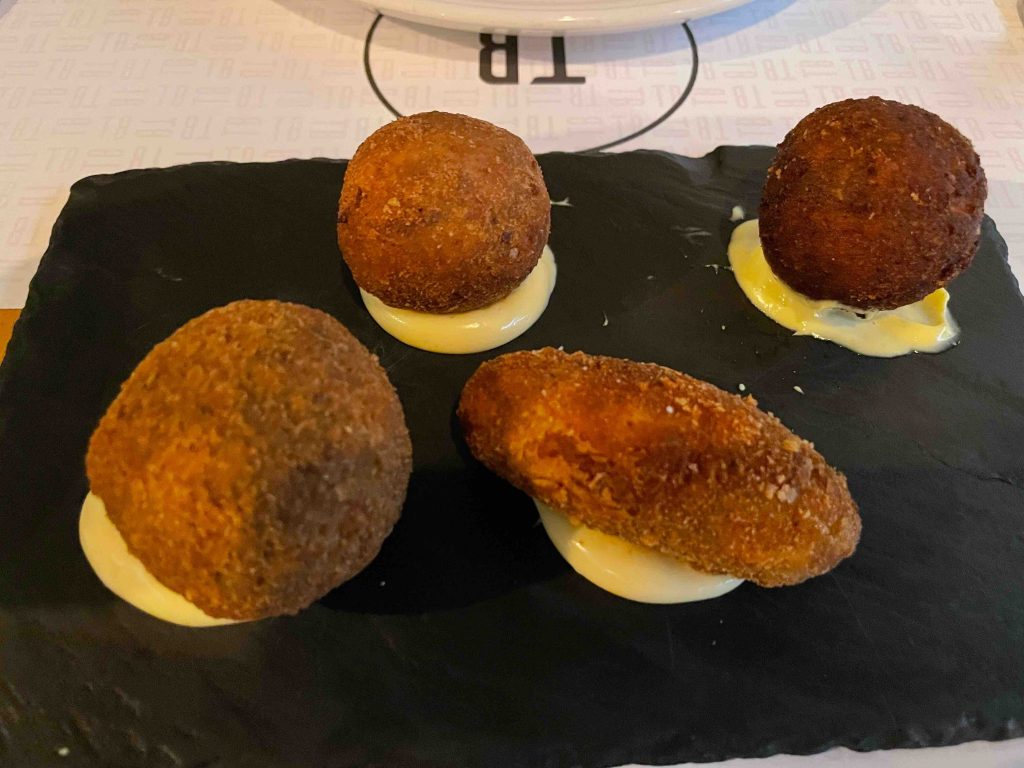
Afterwards, we wandered around under the mystic glow of the streetlights, taking in an illuminated Elevador Santa Just a looking stunning in its nighttime setting.
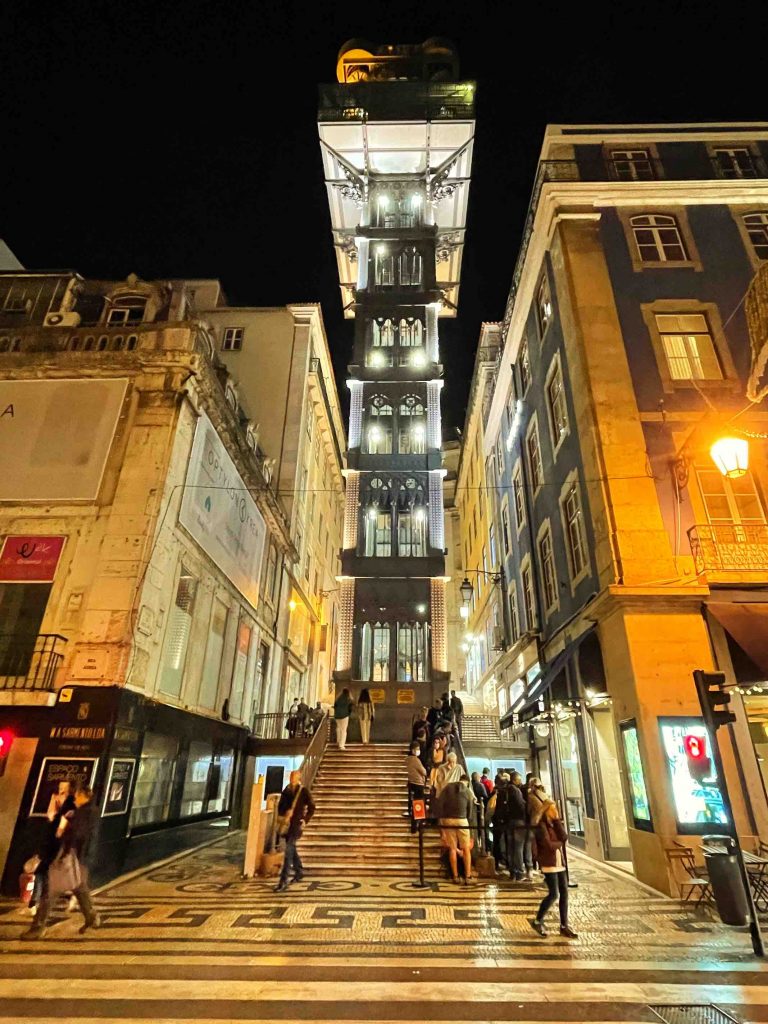
Our short trip was almost over. Early tomorrow morning we would head back to the airport and head for home. We realised there was so much to see in Lisbon that we’d have to return, soon. We hadn’t had time to stroll the riverfront, visit the Belem Tower, the Jeronimos Monastery or go further afield to the architecturally wondrous to the ancient town of Sintra. There were still so many museums and galleries to see, so many restaurants to dine at.
We’d tasted delicious food, drank good wine and walked many miles along beautiful streets, that had little changed in hundreds of years. And of course, we had tasted that much dreamed about Pastel de Nata, my bucket list updated as we let our conversation drift naturally to the subject of our next adventure.
Boa noite Lisboa, boa noite. We shall return.
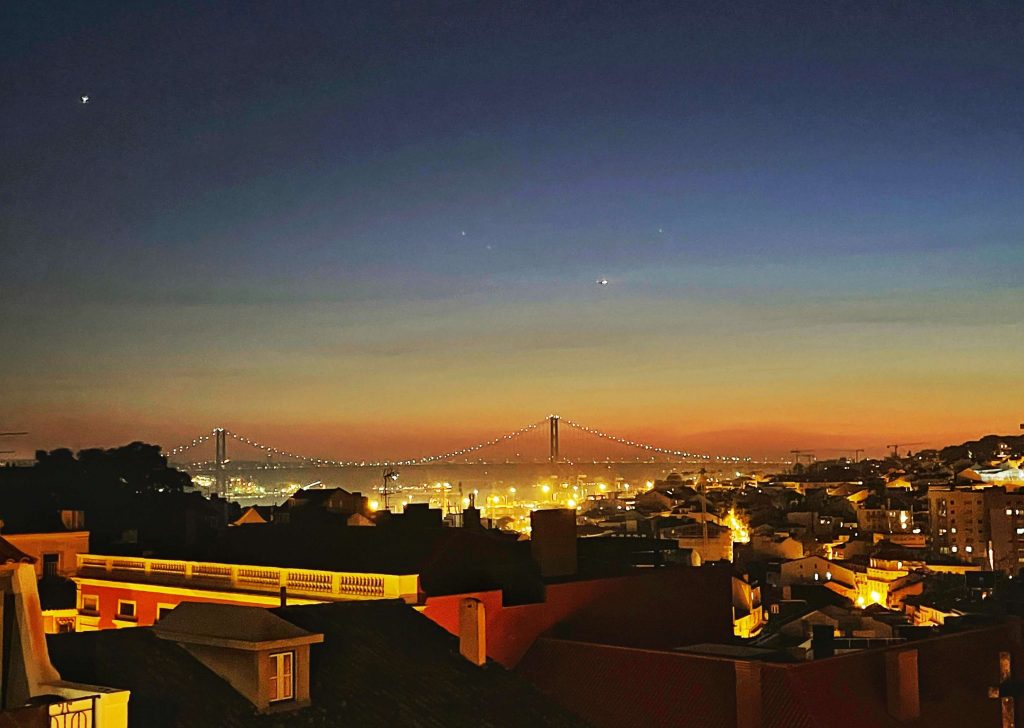
Getting to Lisbon
Most of the budget airlines and major airlines fly to Lisbon. We flew from London Stansted with Ryanair for around £120 each including extra leg-room seats and cabin bags. I’ve seen flights for as little as £19.99 if you can squeeze just a small carry-on bag under your seat.
Getting into the city from the airport is easy. The Metro costs about €4 and takes around 15-20 minutes. Taxis will also take a similar amount of time but will cost considerably more. An Uber will cost around €13-20 depending on the time of day and type of car. An official airport cab will cost €15-25. If you feel like arriving in style, discounted private transfers are also available.
Alternatively, you can book a flights and hotel package from the LoveHolidays website which often has some great discounts.
One thing to note. If flying a low-cost airline, you arrive at the main terminal right by the Metro station. However, when you depart, you will be bussed to the second, much smaller terminal. Allow at least 15 minutes for the bus transfer. This terminal is very basic and can get really busy so allow plenty of time.
One thing we noticed is that the queue for security went out of the door onto the pavement (it took about 20 minutes to get through security, so wasn’t as long as it might sound, the doors are right next to the entrance to security). People arriving looking for check-in assumed that was their queue and joined it, only to find once they’d crawled inside they had to join a different queue.
After security, there were just a couple of cafes and a small Duty-Free shop, but there were at least plenty of seats when we were there. We bought sandwiches in the bakery in town and took those to eat airside.
Where to Eat In Lisbon
You will be spoiled for choice in Lisbon from quick and economical (but still delicious) street food, to elegant fine dining. Of course, there’s the famous Timeout food market, where you will be able to sample dishes from some of the more expensive restaurants.
The Kid Goat, slow-roasted on the bone with roasted potatoes, carrots and garlic infused rabe (a kind of spinach like relative of the turnip) is delicious (Lisboa e Linda). Of course you have to try the Pastel de Nata, there are vegan alternatives of this available too. Lisbon itself isn’t as rich as I expected it to be with regards seafood, you need to go to the coastal area for that, but the grilled sardines are to die for as was the salt cod and grilled octopus and squid. Ensure you try some croquettes, perhaps a selection of them as part of a tapas meal (the ones at Tapa Bucha were yummy). The
Here’s where I ate (on the left) and I can recommend them all. I’ve also provided a list of other restaurants I researched but didn’t have time to visit (on the right). All came highly recommended by fellow bloggers, food critics and travel writers alike. I hope to return to Lisbon soon so I can try more of them.
As far as drinks go, the green wine (Vinho Verde) is wonderfully dry and subtle on the palate, it’s more a white wine colour with just a hint of green. Of course, try the Ginjinha cherry liquor that Lisbon is famous for, but try to find one of the hundreds of stalls or shops serving locals as the more touristy ones tend to be expensive and I was told the quality is poorer.
- Lisbon Timeout Market
- Montemar (Seafood, Timeout Market)
- Tapa Bucha (Great Tapas)
- A Manteigaria (Pastel de Nata)
- Pizzeria Romana (Delicious Pizza Slices)
- M Blanchere (Bakery, Great Sandwiches for the trip home)
- Lisboa e Linda
- Hotel Chiado (Rooftop Terrace Bar)
- Versiculo de Faia (Seafood)
- Jam Club (Live Music & Drinks)
- Prado (Modern Tapas)
- Leve Leve (Tapas)
- Gin Lovers Bar (Gin, surprise surprise)
- Dona Quiteria
- Tapisco Lisboa (Tapas)
- Mini Bar (Cocktails)
- Lumi (Cocktails and Fine Dining with a view)
Lisbon Street Food Tour
Another option to ensure you get to sample as much of the local cuisine (and wine) as possible is a guided food tour.
Where to Stay In Lisbon
There are lots of hotels and apartments available in most of the districts of Lisbon. Your first choice will be which district to stay in. This will depend on what you want to do whilst in the City. Alfama has a lot of old-style boutique hotels and shabby-chic apartments. Chiado and Baixa are a little more modern (but still old and grand) and has the most hotels and is closest to the bars, restaurants and shops (including the Timeout Market). Up the hill, the more upmarket hotels are around the Principe Real area, some of these provide great views over the town, river and Atlantic Ocean. Getting around Lisbon is easy, on foot or by tram, so wherever you stay you won’t be far from the action or a bit of peace and quiet.
We stayed in a lovely, spacious apartment right on Chiado Square called Chiados Cameos. We booked via Booking.com. The apartment had a separate double bedroom, and a large open-plan, airy living room, dining space and kitchen. There was a floor to ceiling window that opened out onto the square – a bit noisy but great to sit and people-watch during the day. There were also apartments with balconies available, and at other locations around Lisbon.
-
Kuwait City – A Desert State Worth Visiting?
I travelled to Kuwait City on business in the spring of 2015 and was determined
-
Reduce Your Tax Bill – Join The National Trust
The National Trust provides a wealth of travel opportunities around the British Isles. If you’re
-
Getting a Bangladesh Visa The Easy Way
I've been to the wonderfully chaotic, noisy, colourful and fascinating Bangladesh on several, and can vouch
-
Coconut, Lime & Rum Caribbean Cake – Easy to Make Recipe
The thought of not being able to travel during the Covid lockdown brings on inevitable
-
How To Avoid Mobile Roaming Charges on Corfu
If you're from Britain visiting the beautiful Island of Corfu, it's easy to get stung
-
Delicious Italian Meatballs in a Hot & Spicy Sauce You’ll Love
Traveling is about experiencing new things. Hidden sights, great architecture, history and, of course, discovering
-
How I Got Hooked On Travel
Someone once asked me how I came to be so keen on travel. I guess, relatively
-
Al Kabsa – Delicious Aromatic Arabian Rice Dish from Kuwait
Al Kabsa is the national dish of Saudi Arabia, but variations of it are common
-
Flotilla Sailing in the Greek Islands
Early spring in a bay on Meganisi island, south Ionian Sea, and a single boat
-
Nice – Unlock the Cote D’Azur Blue Diamond
Take a relaxing stroll along Nice’s four-mile stretch of glorious, pedestrian-friendly promenade and soak up
-
An Easy Hike Along Curbar Edge in the Peak District
Curbar Edge, in the Peak District National Park, is a wonderful, easy grade walk along
-
Suffolk Coastal Walk from Walberswick to Southwold
It's difficult to beat the revitalising, relaxing seaside views of the peaceful Suffolk coast. An
-
You’ll Love to Cook This Mouthwatering Delicious Antiguan Curry
I was given this recipe by a weathered old sailor whilst on a trip to
-
Sheffield – 10 Hottest Things to Do in the Steel City
Sheffield is known as the Steel City, and though its industrial past undoubtedly made a
-
Suffolk Coastal Walks – Aldeburgh to Sizewell via Thorpeness
The pure sea breeze ruffles your hair and kisses your cheeks turning them into a deep
-
Inspirational Travel Books You’ll Love To Read
A selection of travel books, fictional and non-fictional, to inspire you to get travelling or
-
Yikes! How to Avoid Losing Your Apple Macbook at the Airport
"Sorry sir, but you'll have to leave that here," said the genuinely apologetic representative behind
-
Quick and Easy Italian Mushroom & Bacon Pasta Recipe
This quick and easy Italian dish makes a delicious lunch or starter, or you can
-
Liguria – How to Hike the Stunning Coastal Route
Liguria has so much to offer. It's possible that Italian cuisine is the best in
-
Ipswich – Is This England’s Most Surprisingly Enjoyable Weekend Destination?
Discover a delightful and relaxing weekend destination that's only a short train ride from the
-
10 Amazing Craft Beer & Real Ale Pubs in Sheffield
If you want to try some of the best upcoming craft beer brands in the
-
Peak District Walks – Derwent Edge
The view from Derwent Edge in the Peak District envelopes you like a ghostly spirit,
-
5 Of The Best Puerto Pollensa Restaurants Locals Recommend
Mallorca has exerted an alluring call to British sun-seekers for decades. Magaluf loving families mingle
-
Shoreditch Street Art, Street Food & an Eclectic Street Vibe
The West End is usually the first district people think of when it comes to
-
Stunning Coast Walk Hive Beach to West Bay Jurassic Coast Dorset
Dorset isn’t just lazing on beaches and promenading along Bournemouth beach. It's perfect for revitalising
-
A Visit to Abbotsbury Sub-Tropical Garden Dorest
If the Garden of Eden was in England then it would be here on the
-
Iceland – Video of the Land of Ice and Fire
In July 2021 I finally got to travel for the first time in almost two
-
Reykjavik and Iceland On A Budget – Money Saving Tips
Iceland is a land of beauty. Verdant ravines, glowing blue glaciers, jet black beaches, spurting
-
Iceland – Don’t Be Scared Flying During a Pandemic Is Easy
Flying During The Pandemic Flying overseas from the UK during the COVID-19 Pandemic can be concerning.
-
A Local’s Top 10 Amazing Suffolk Coast Restaurants
As a resident of the area for over 21 years, here are my top 10
-
Epic Lands of Ice and Fire – The Ultimate South Iceland Itinerary
This is an account of an epic adventure touring the South Iceland coast. Towering waterfalls,
-
Spaghettoni Puttanasca Neapolitan Prostitute’s Pasta Recipe
This quick and easy pasta recipe is perfect for a hearty meal and also a
-
The Best St Ives Mini-Break Itinerary
A guide to spending an amazing long weekend in St Ives in Cornwall including places
-
How to Cook An Amazing Authentic Chicken Handi
If you love Indian food you'll be head over heels for this authentic Chicken Handi.
-
Handling Birds of Prey at Fens Falconry in Cambridgeshire
We were on the hunt for birds of prey. Don't worry, we were just 'hunting'
-
Lisbon Walking Tour – Best Way To See Alfama Old Town in One Day
A Self-Guided Lisbon Walking Tour in Alfama Old Town This self-guided Lisbon Walking Tour begins at
-
3 Amazing Days in Lisbon – A Travel Itinerary
Dreaming of exploring Lisbon but only have 3 days to spend? Here's my 3 Day
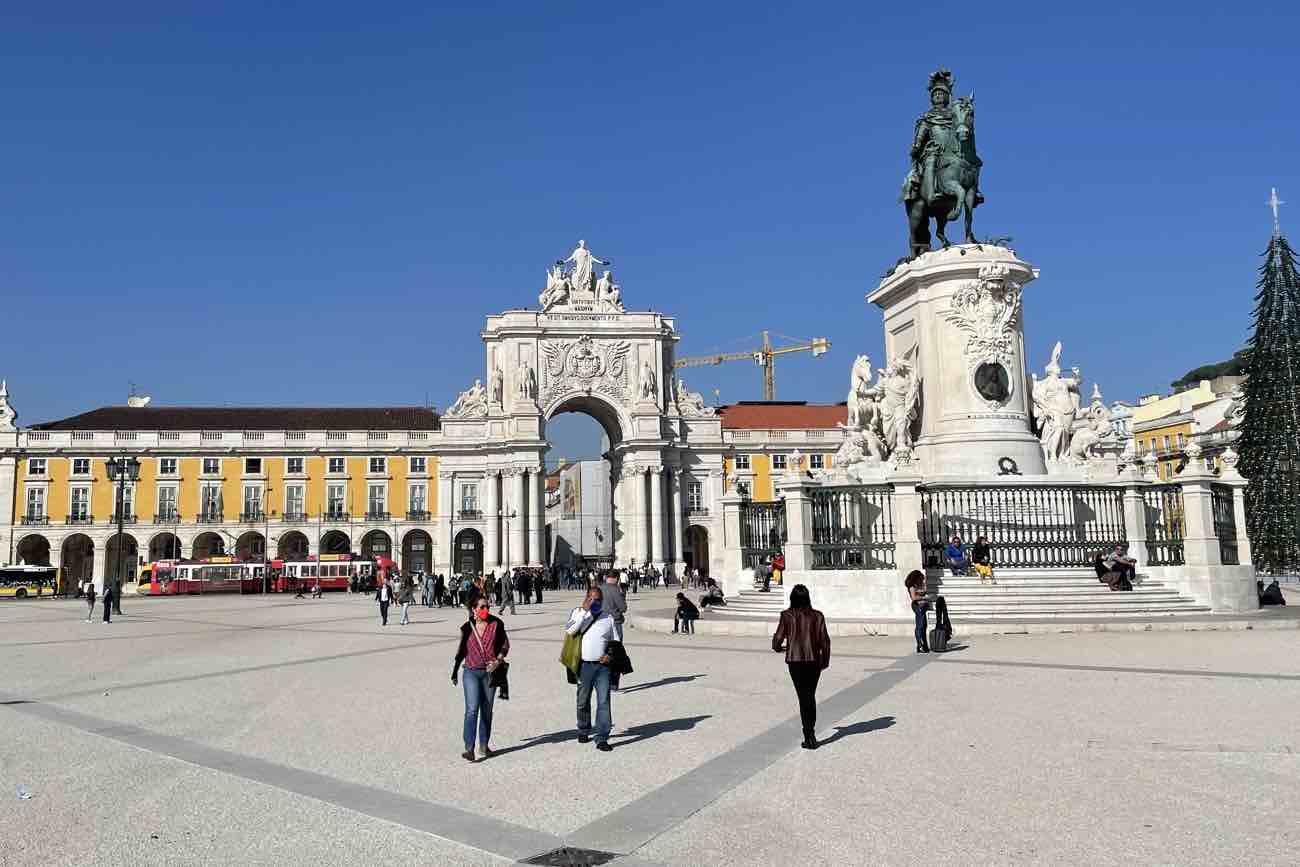
-
A Luxury Hotel On The Rugged, Beautiful Island Of Lanzarote
Hotel Fariones Puerto del Carmen - A highly recommended, stunning, luxury hotel on the
-
Lanzarote – A Stunning Easy Coastal Walk For Everyone To Enjoy
A stunning coastal walk that's easy to do for hikers of all abilities. Stroll along
-
Amazing Must Do Activities When Visiting Beautiful Antigua
The best activities, tours and things to do when visiting the Caribbean island of Antigua.
-
Where to Enjoy the Best Coffee in Cape Town
There aren't many things more enjoyable than sitting in a cafe drinking coffee. It's an
-
Driving in South Africa and the Western Cape – How to Stay Safe
South Africa and the Western Cape is home for some of the most stunning driving
-
The Most Important iPhone Photo Hack You’ll Ever Need
/*! elementor - v3.16.0 - 20-09-2023 */ .elementor-heading-title{padding:0;margin:0;line-height:1}.elementor-widget-heading .elementor-heading-title[class*=elementor-size-]>a{color:inherit;font-size:inherit;line-height:inherit}.elementor-widget-heading .elementor-heading-title.elementor-size-small{font-size:15px}.elementor-widget-heading .elementor-heading-title.elementor-size-medium{font-size:19px}.elementor-widget-heading .elementor-heading-title.elementor-size-large{font-size:29px}.elementor-widget-heading .elementor-heading-title.elementor-size-xl{font-size:39px}.elementor-widget-heading .elementor-heading-title.elementor-size-xxl{font-size:59px} HOW TO REMOVE
-
Debut Book Launch – Getting Away With It
I'm delighted to announce that my debut novel, Getting Away With It, is now available
-
Stunning Tortuguero in Costa Rica – Rainforests, Condors & Turtles
Typical of Costa Rica, the Tortuguero rainforest reaches out to the horizon all around, a
-
Costa Rica The Dazzling Land of Sunsets, Surf & Howler Monkeys
I’m in Costa Rica sitting astride a grey, salt-petrified driftwood log at the top of
-
An Epic Itinerary For The Arenal Volcano Costa Rica
“Welcome to Costa Rica. Take care on the riverbank, there is a very large crocodile,
-
The Best Rainforest Retreat In Sri Lanka
Looking for somewhere breathtaking to stay deep in the rainforest of Sri Lanka. The Rainforest


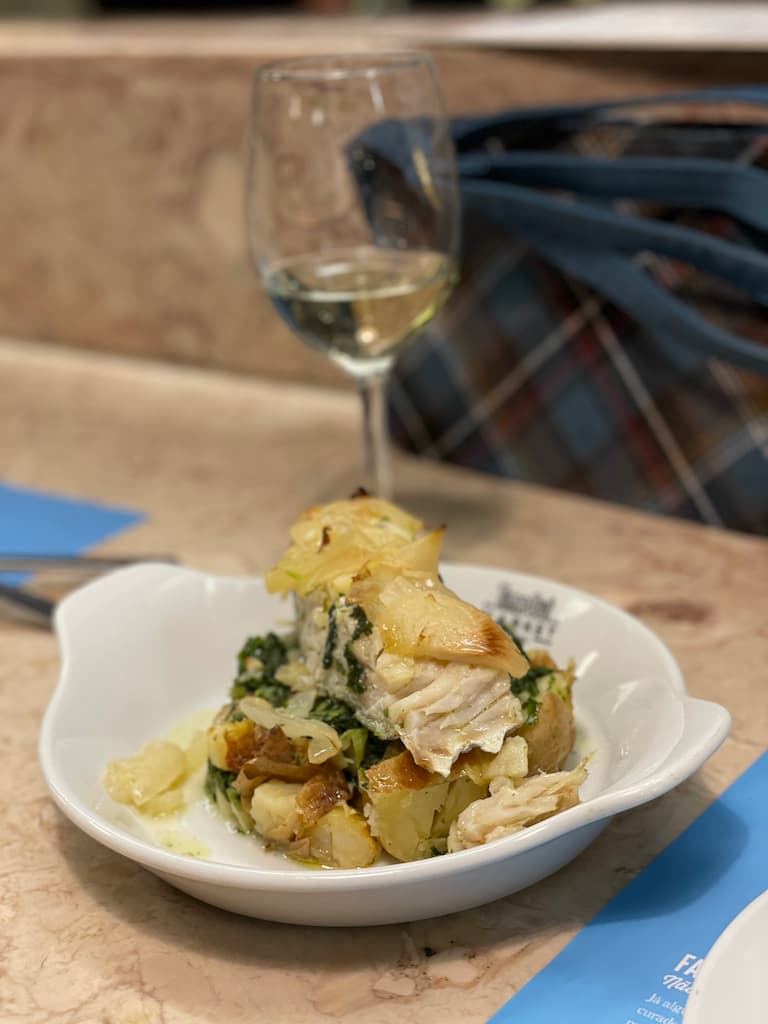
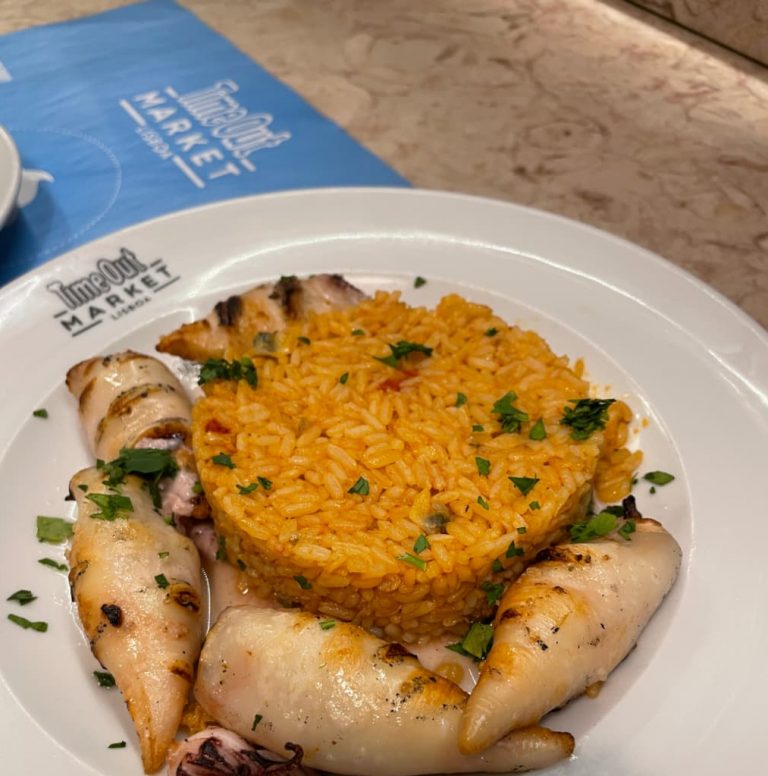
















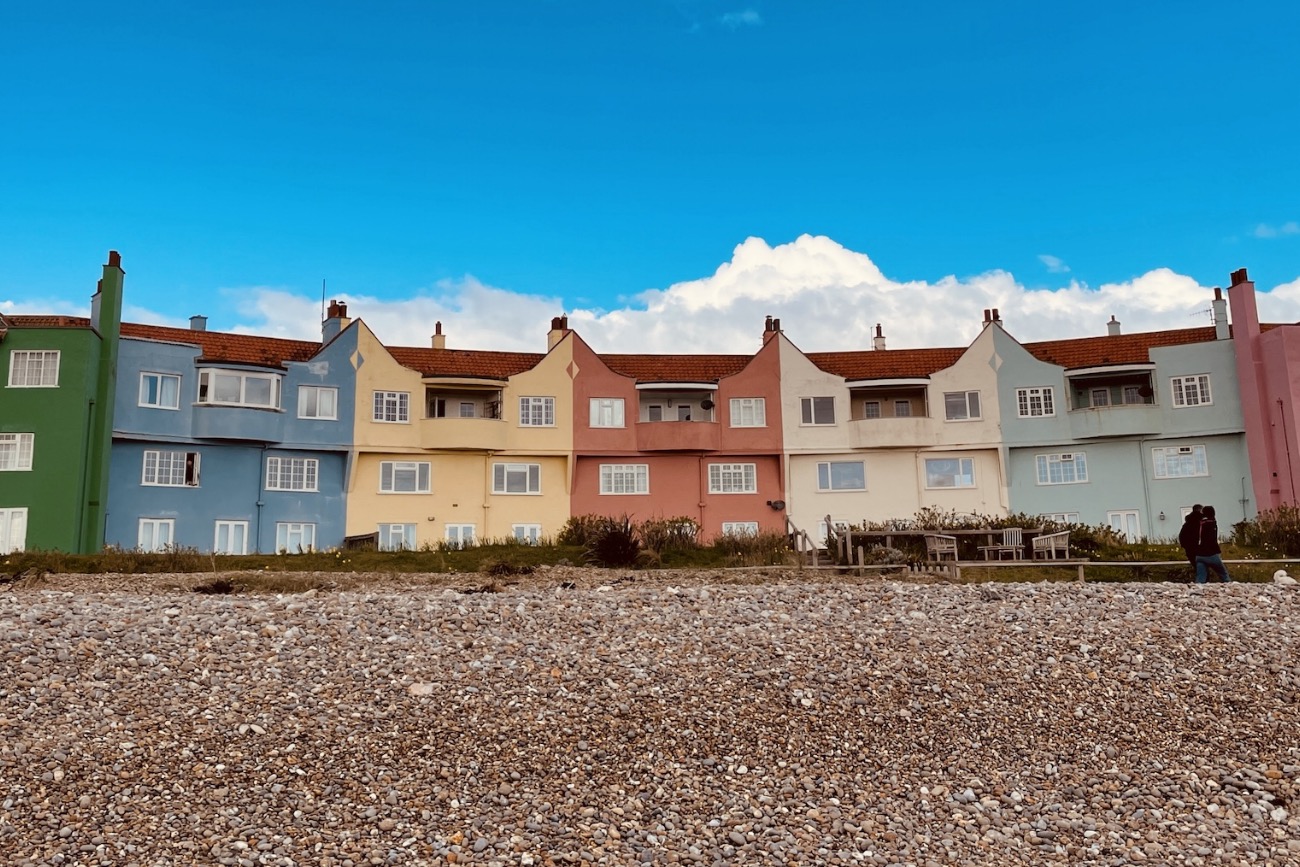

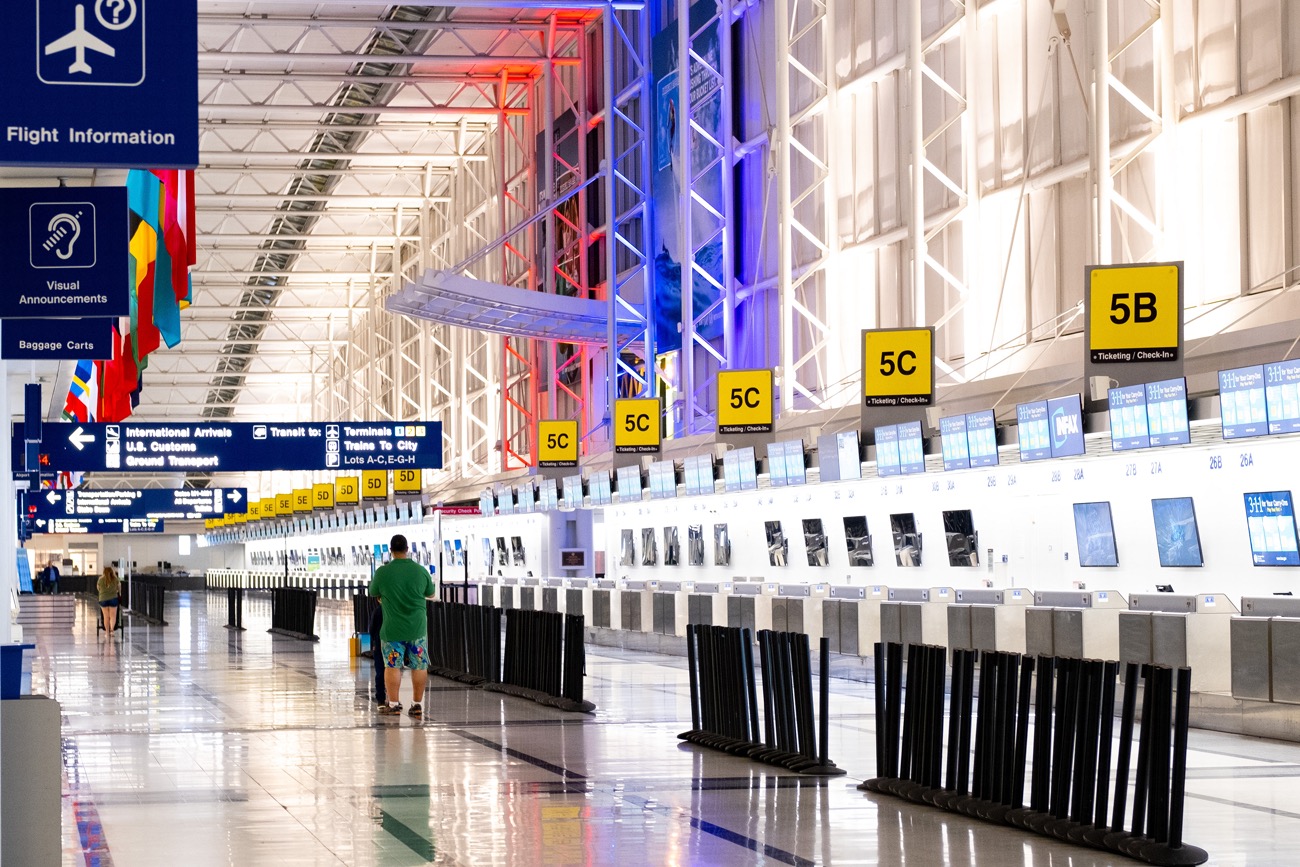
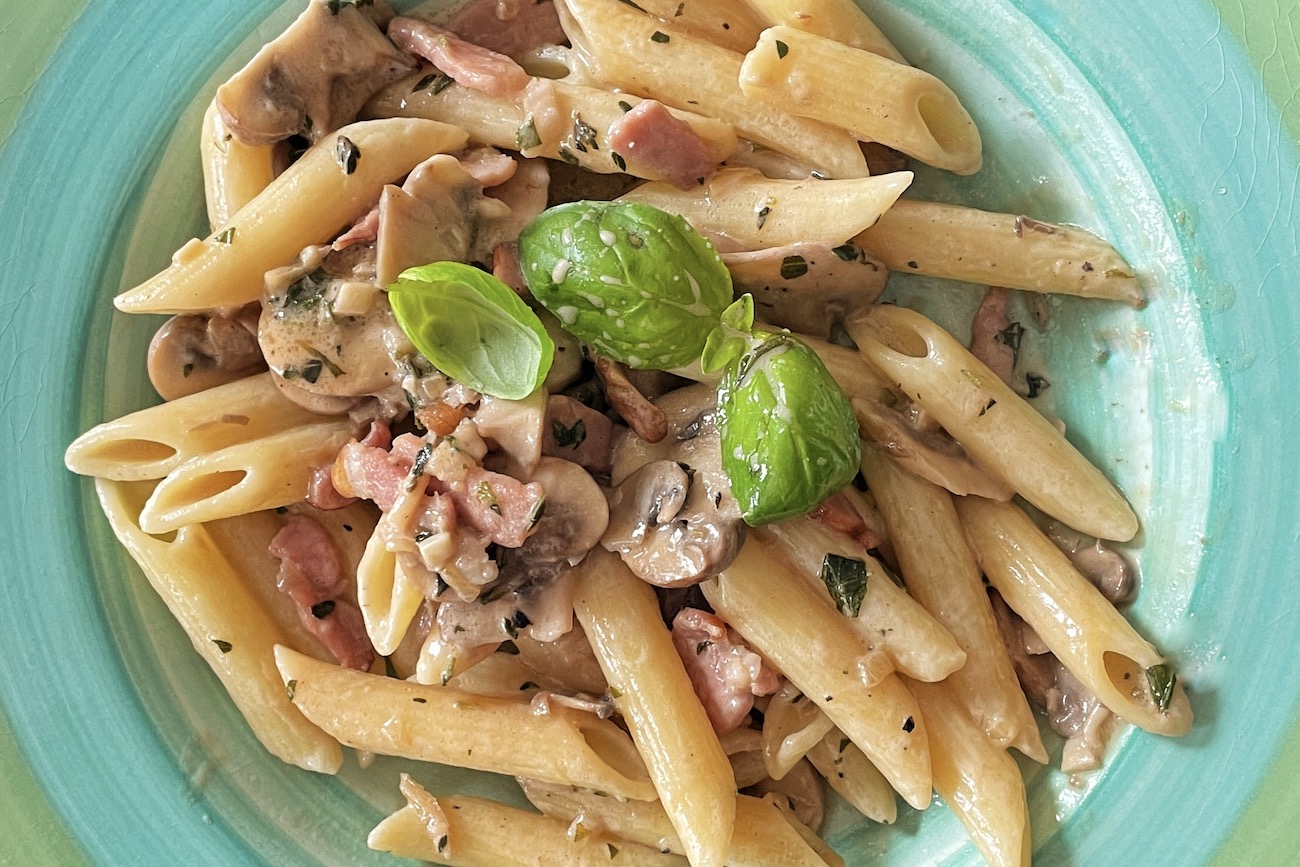
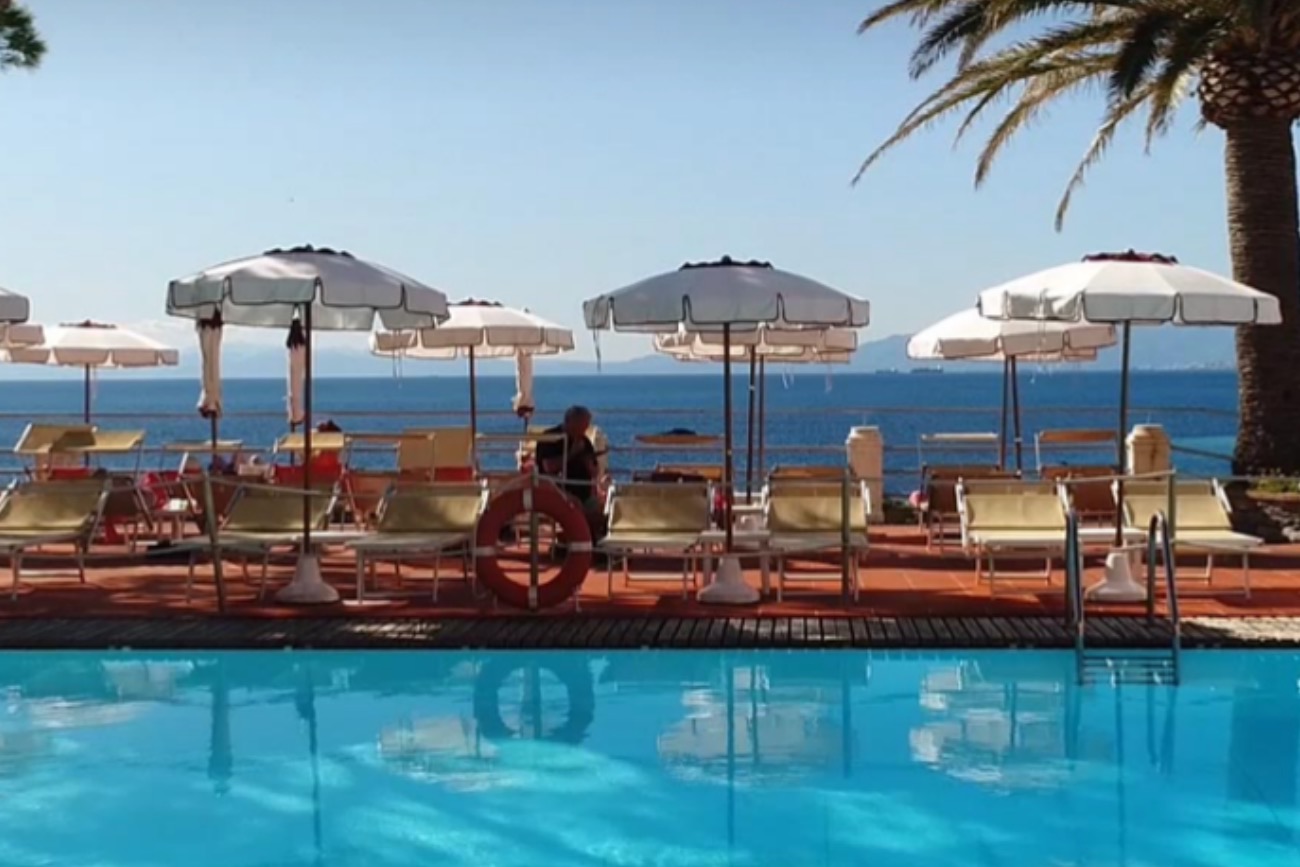


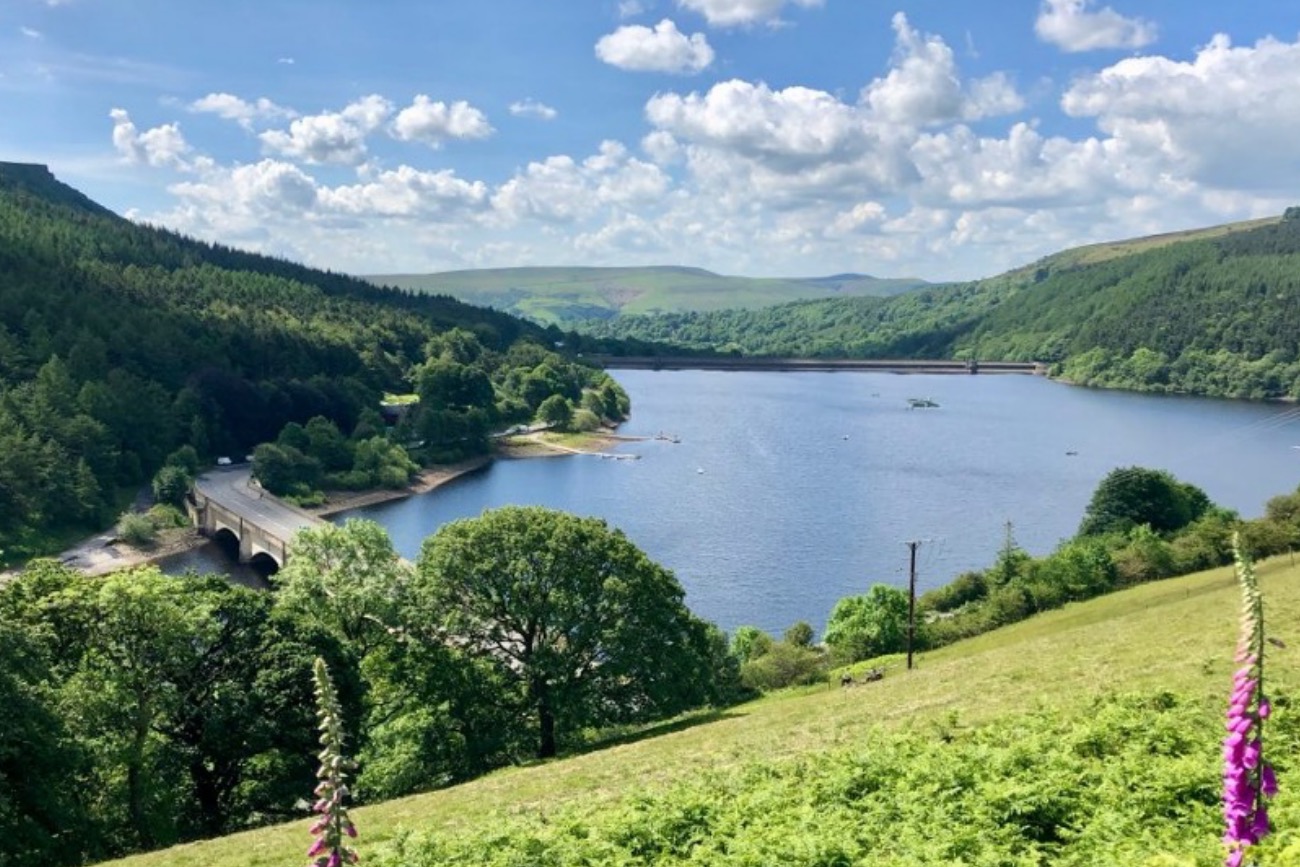
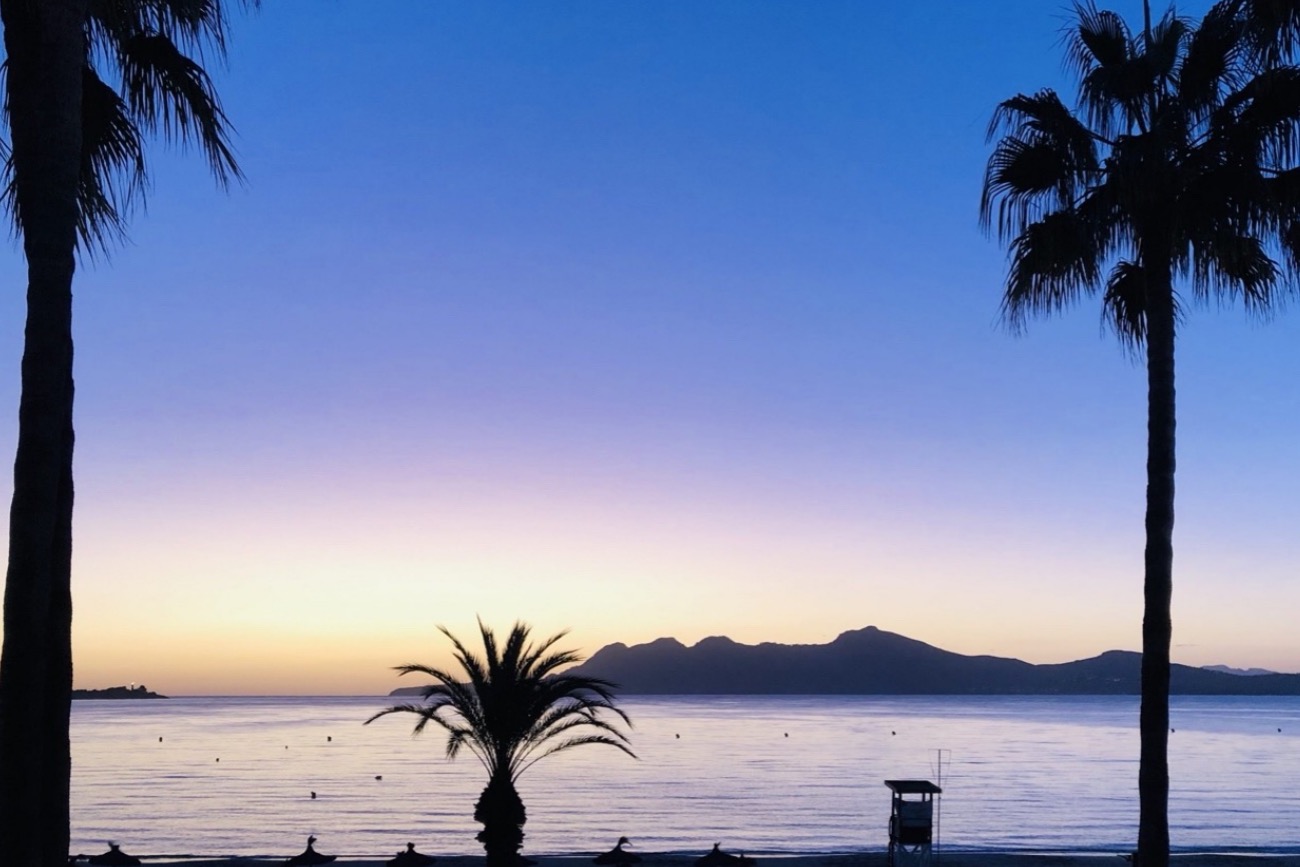

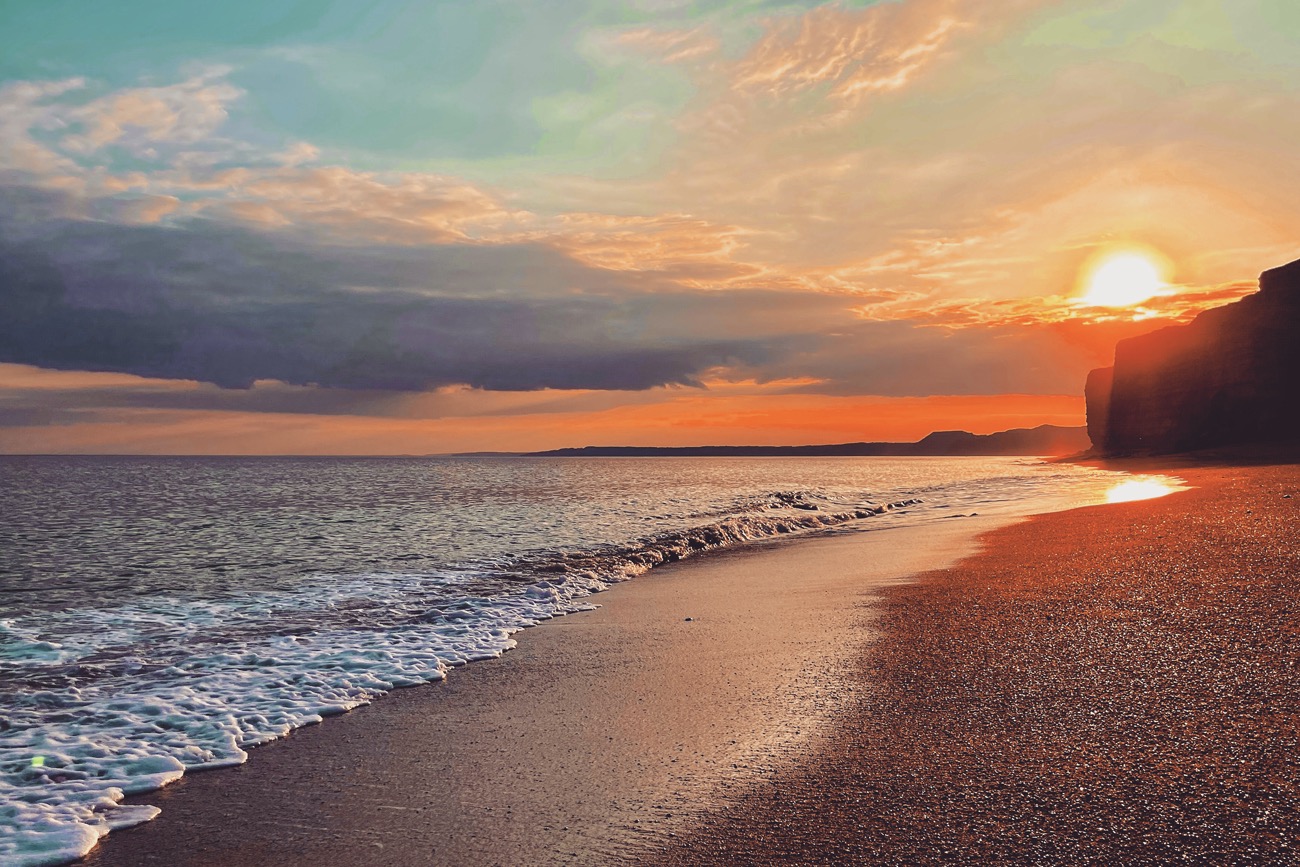



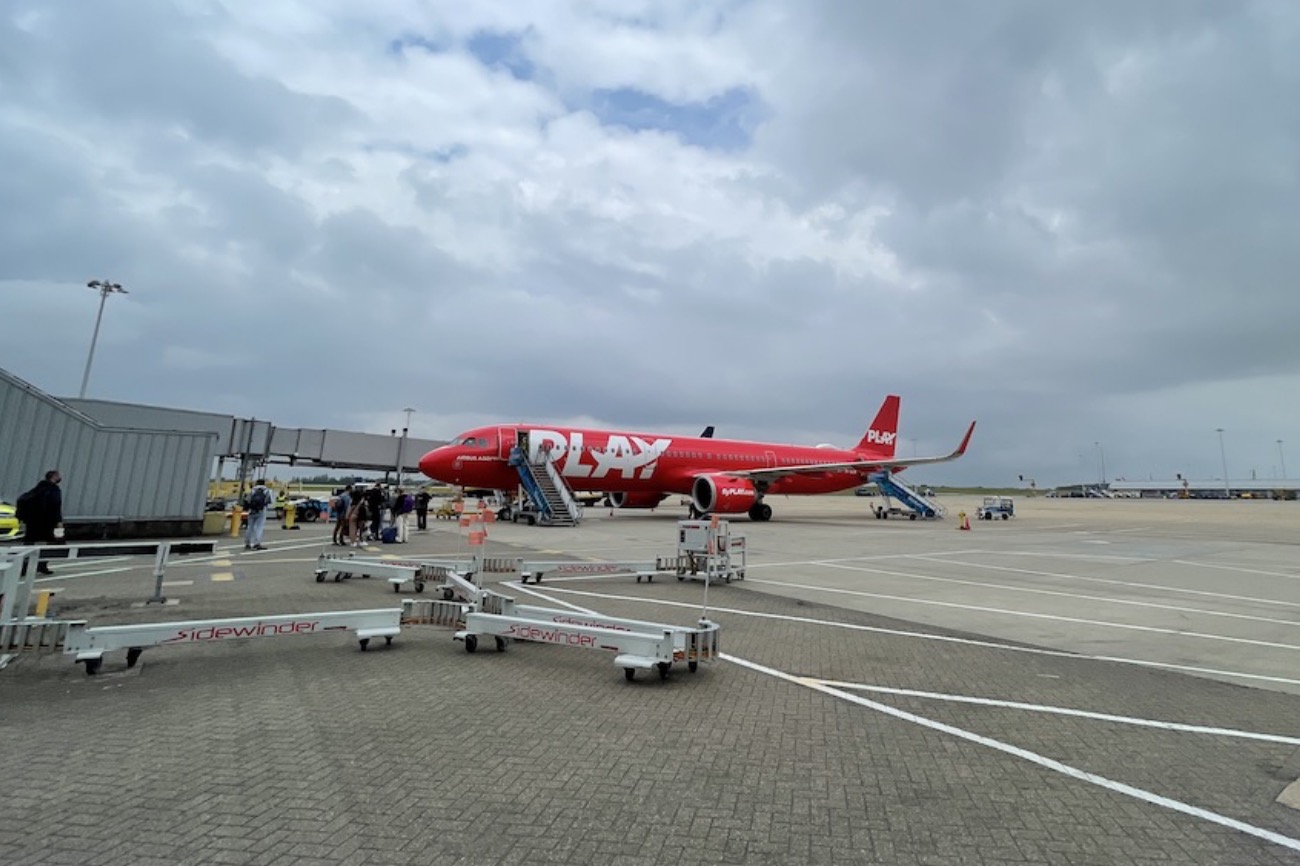
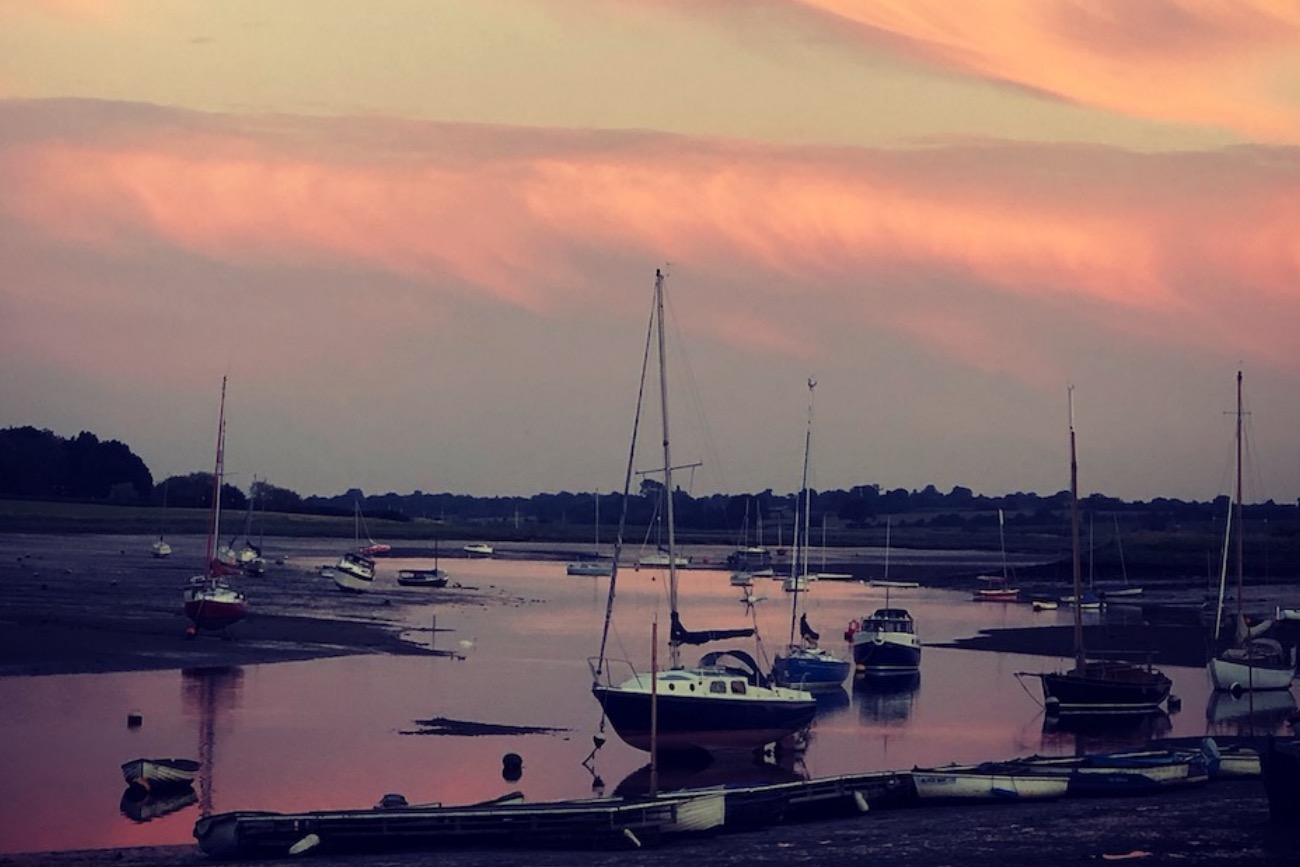

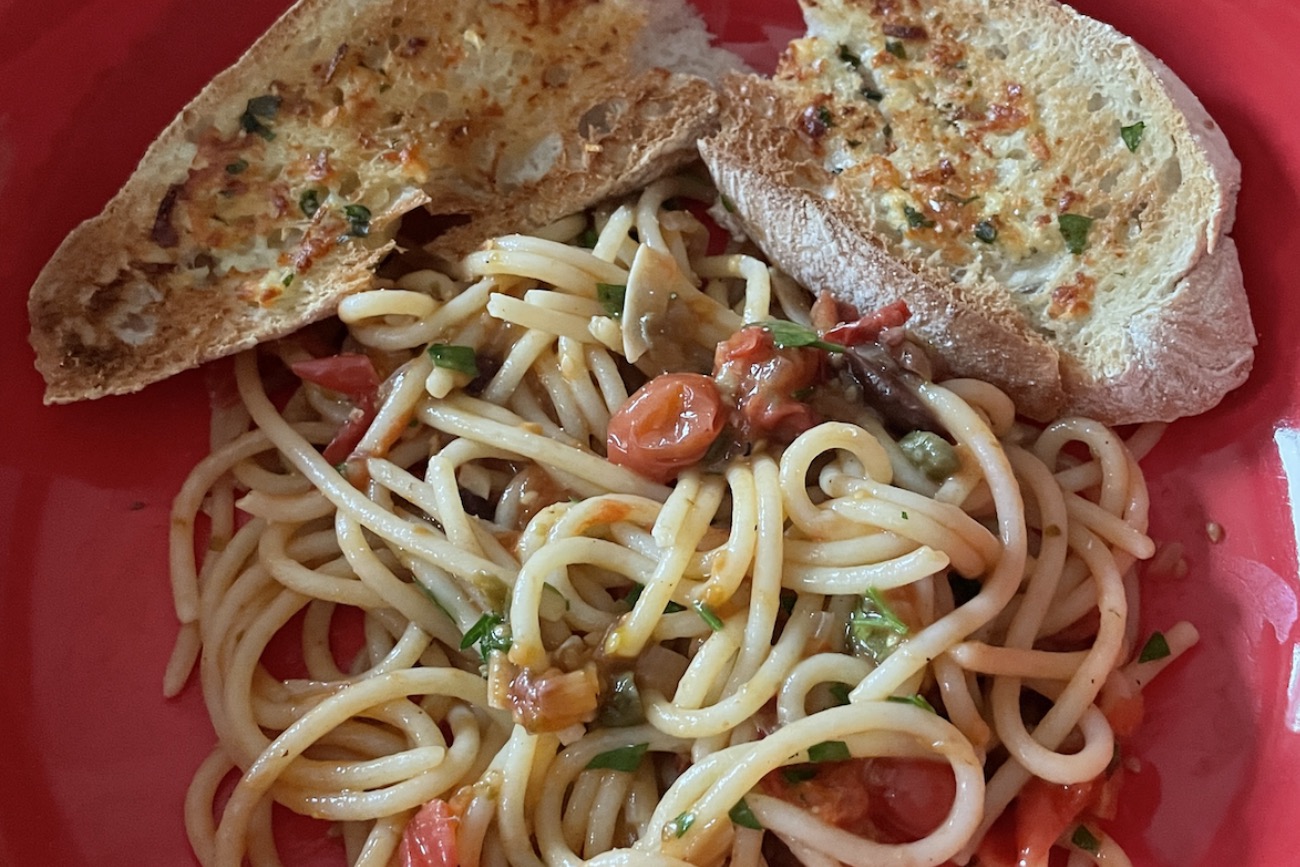



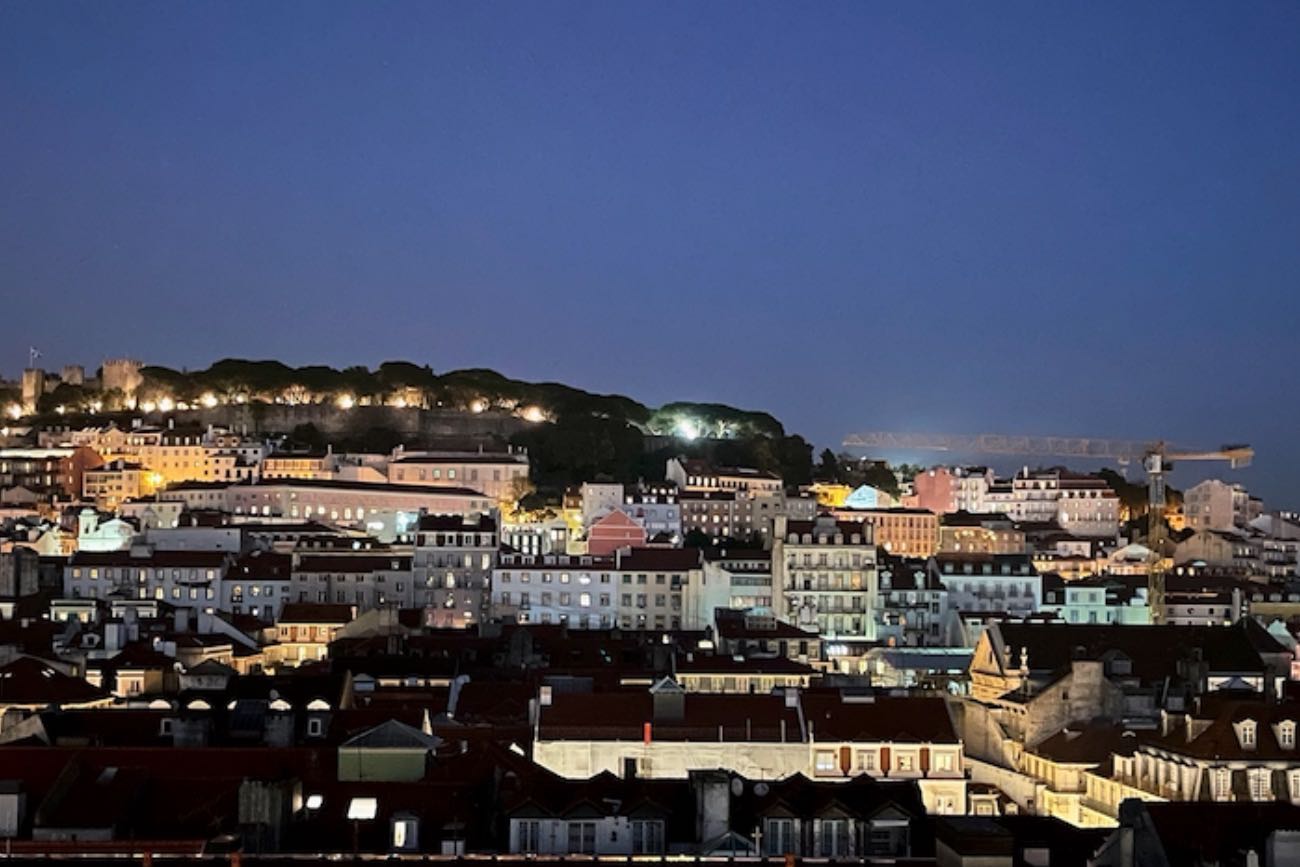
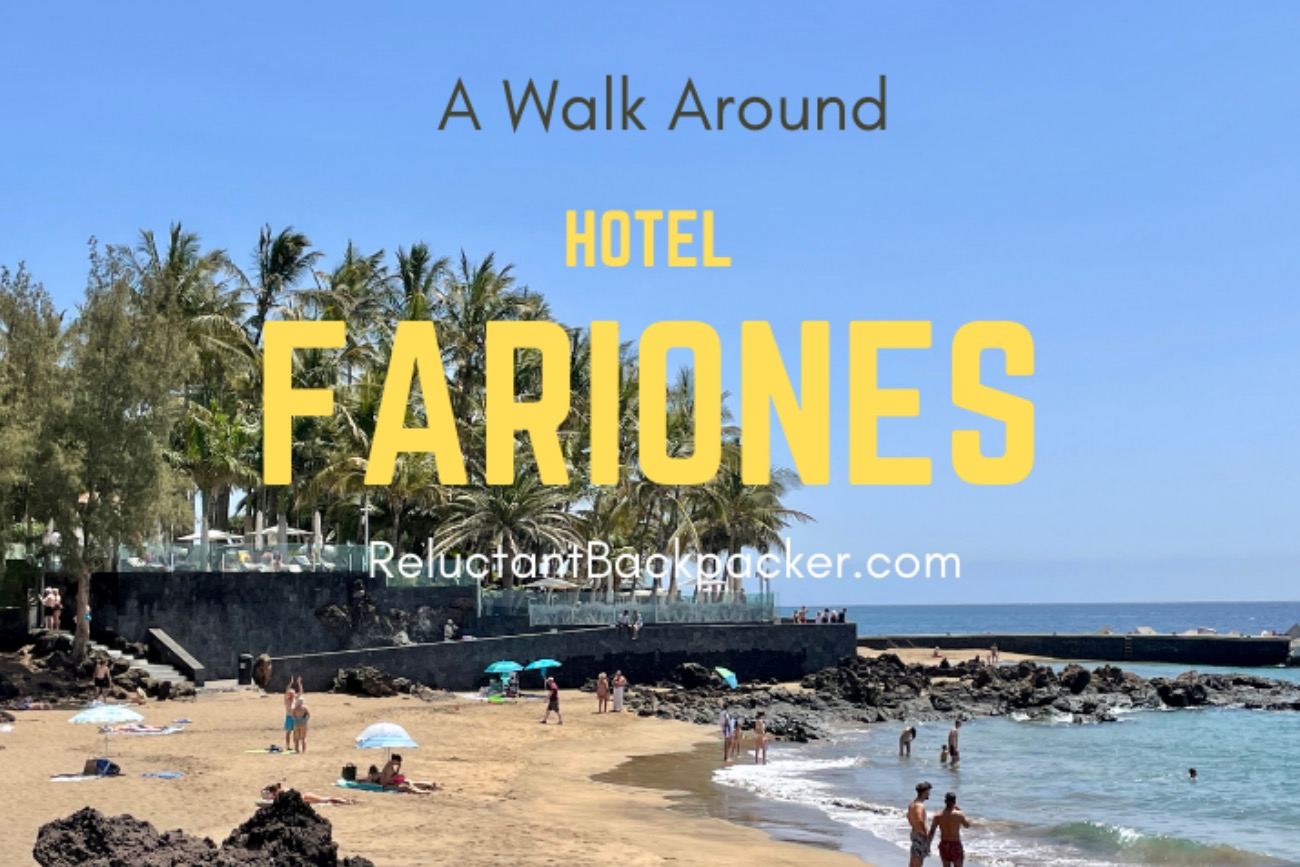



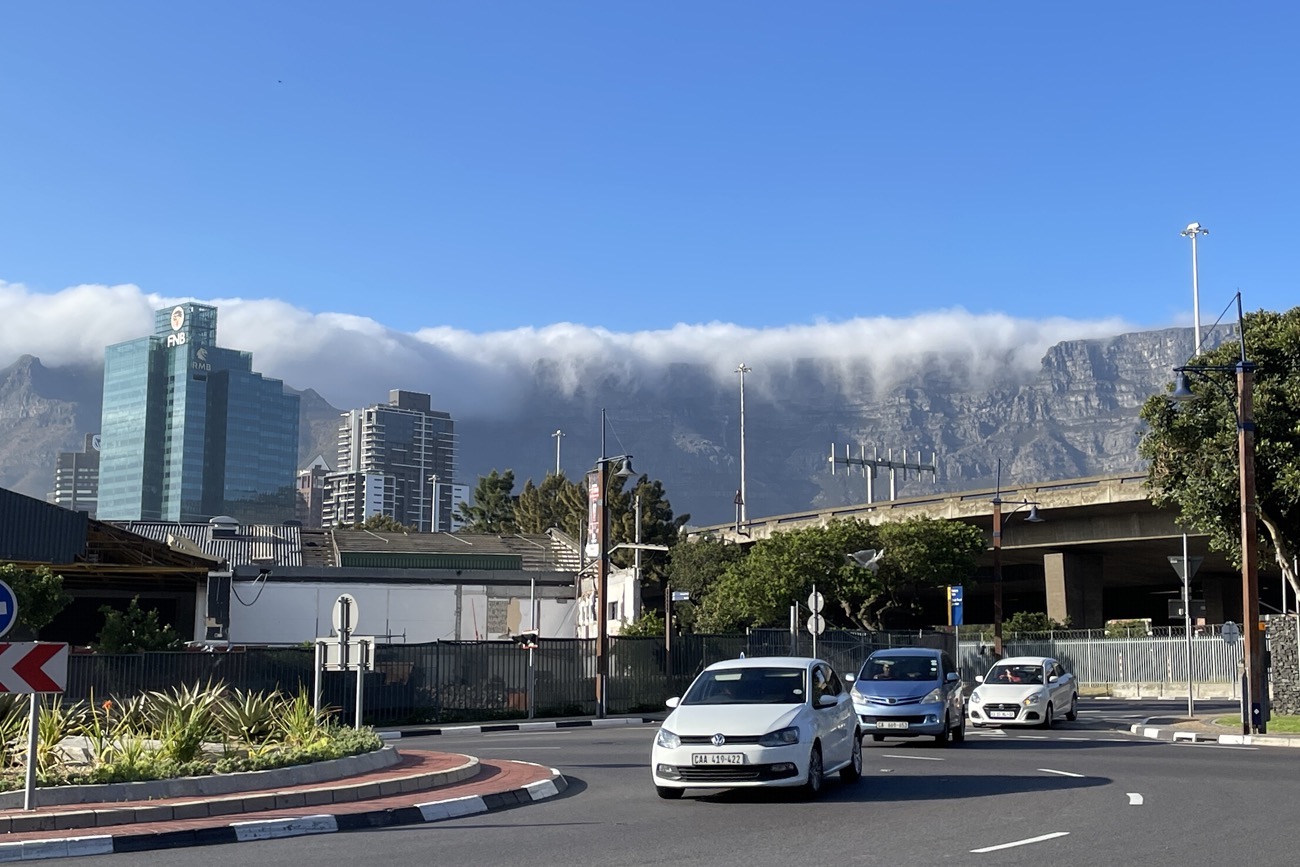
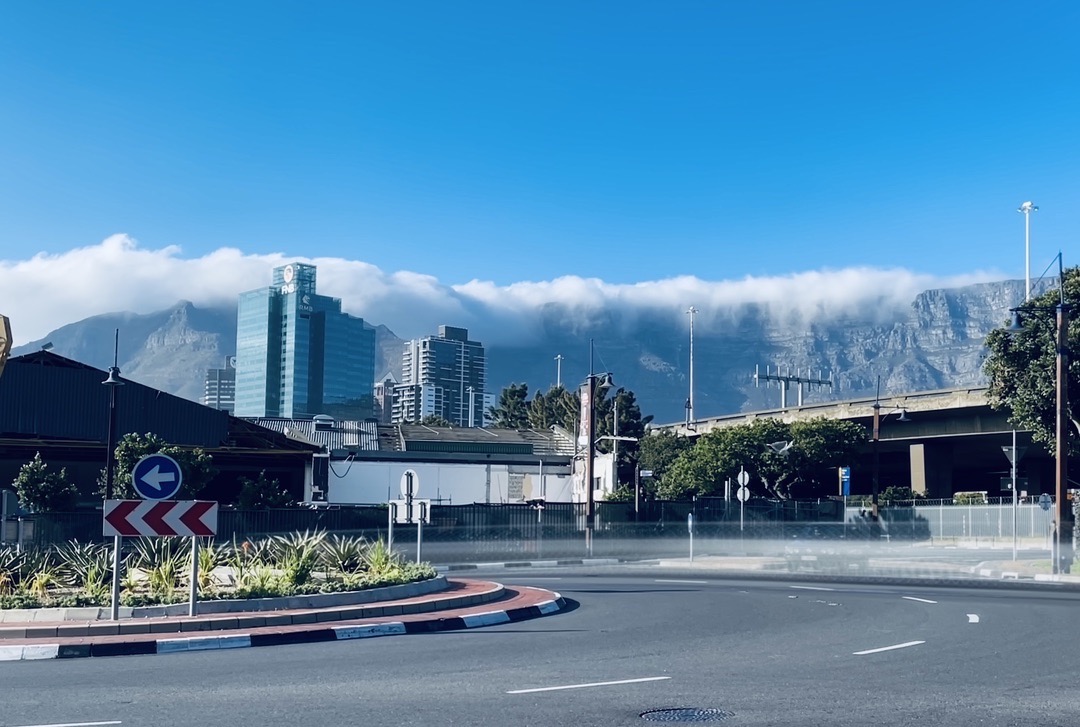
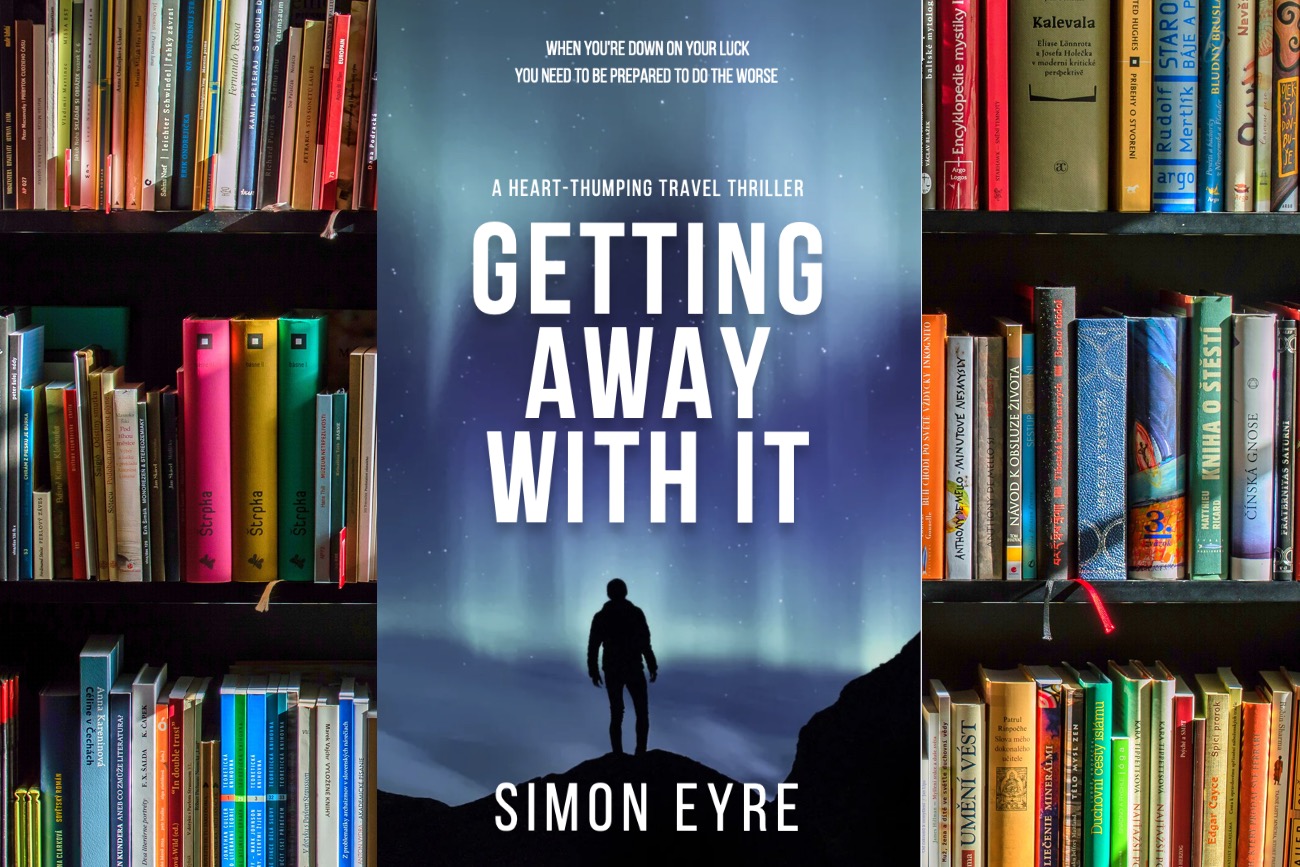



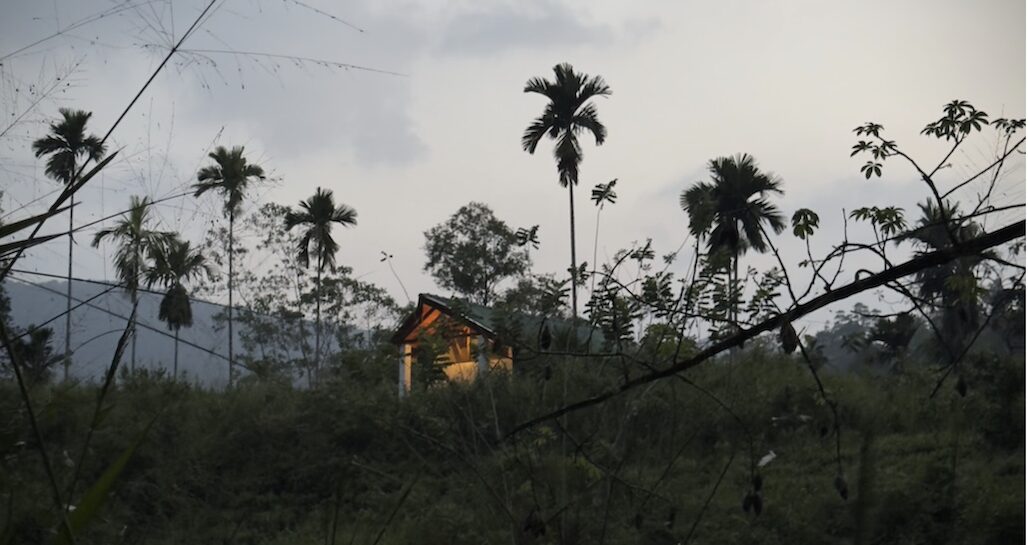

April Newton
Sounds wonderful. Now even more excited for my trip in June!
ReluctantBackpacker
Thanks April. Enjoy your trip.